A Story of Light and Contrast
My name is Henrique. I was born in Portugal, Lisbon, where I live. I’m 65 years old, and the awakening of my taste for photography comes from a very young age.
I was about 12 years old when compact plastic cameras by the brand Diana appeared on the market. It was a Christmas present, which I loved. But the problem was that, at that time, you had to buy a film, develop it and make a print. A very specific space was needed, it was expensive, and you had to have knowledge of the subject.
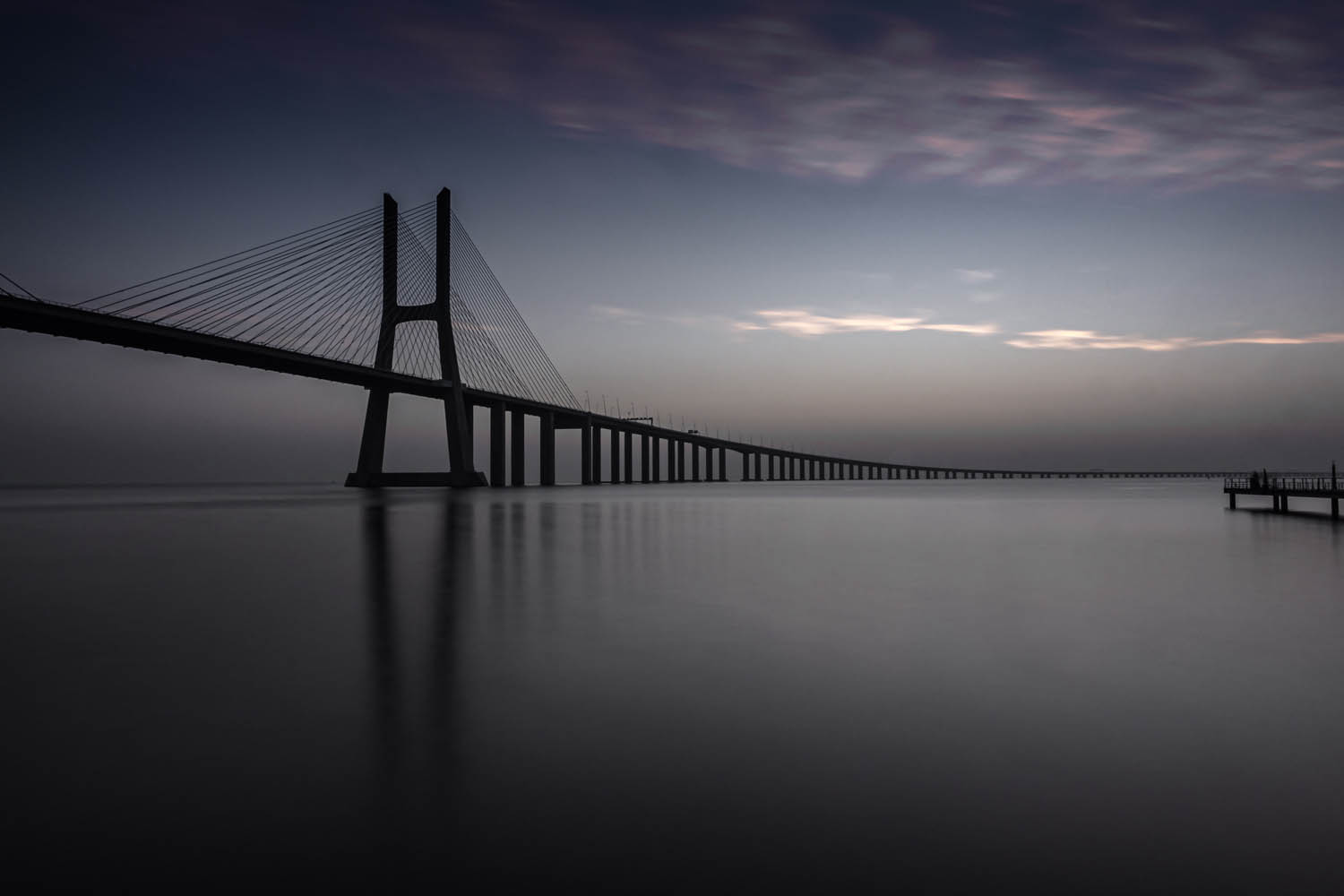
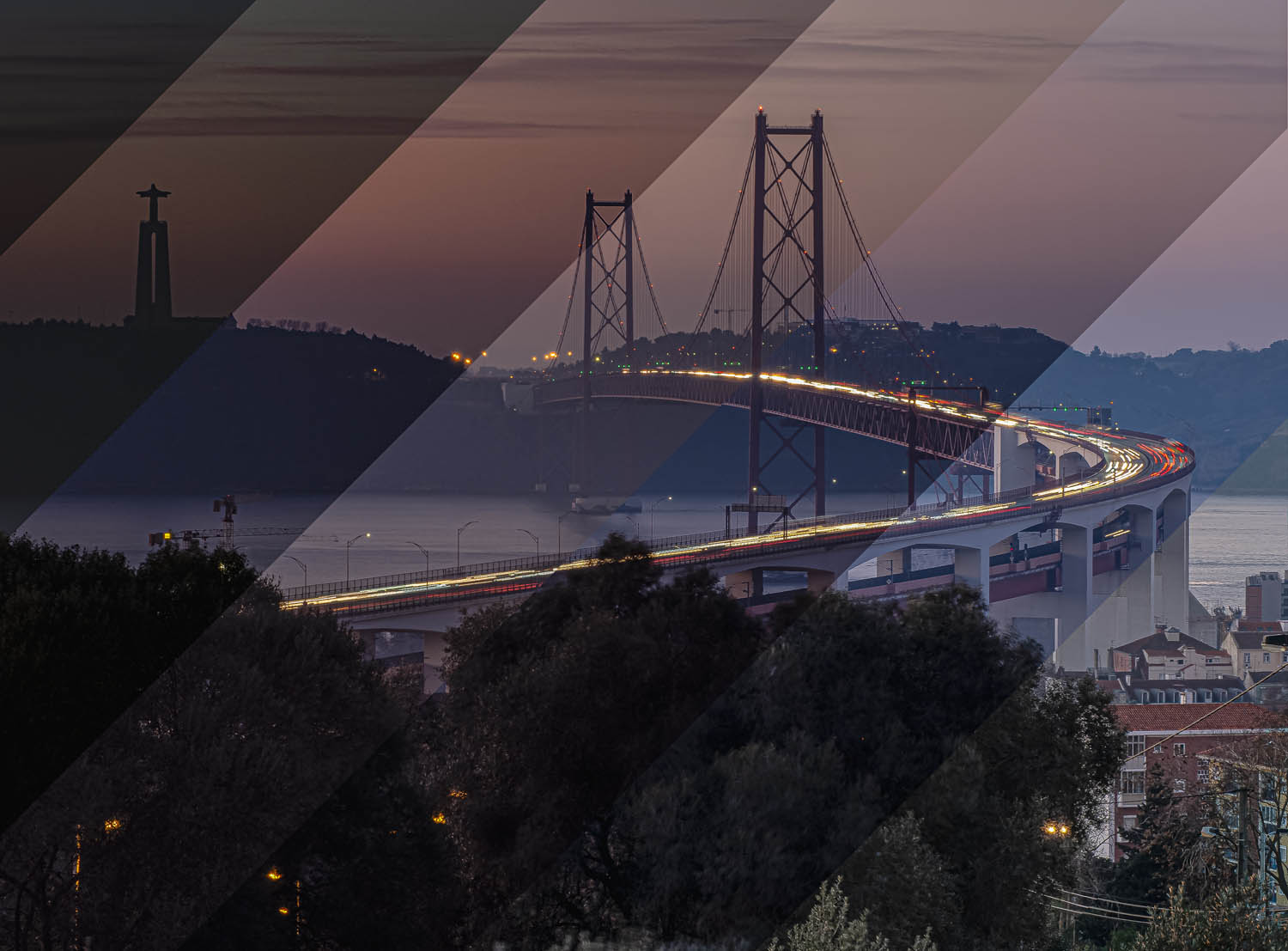

RIGHT: Olympus E-M1 MK III . Leica DG 8-18mmF2.8-4.0 @15mm . F/4.0 . 1.0” . ISO 200
I started taking some pictures, in B&W, because only later did colour film rolls appear, which was a surprise for everyone, photographers and non-photographers alike, of course. At this time, my father would buy me a roll and pay for the copies.
Time passed, and that very rudimentary camera was no longer useful. It only had one switch on the lens, which was the trigger, and on top of the body another switch, for sun and cloudy, and nothing else. It broke down and had no repairs. It was put aside, and photography stopped.
Around the age of 18, doing some work while studying, I got some money there. I bought my first camera, a Canon FTb QL, with an FD 50mm F1.8 lens (the camera I still have). At the time, it already cost a lot of money, 25,000$00 (twenty-five thousand escudos), the Portuguese currency back then, equivalent today to 125€.
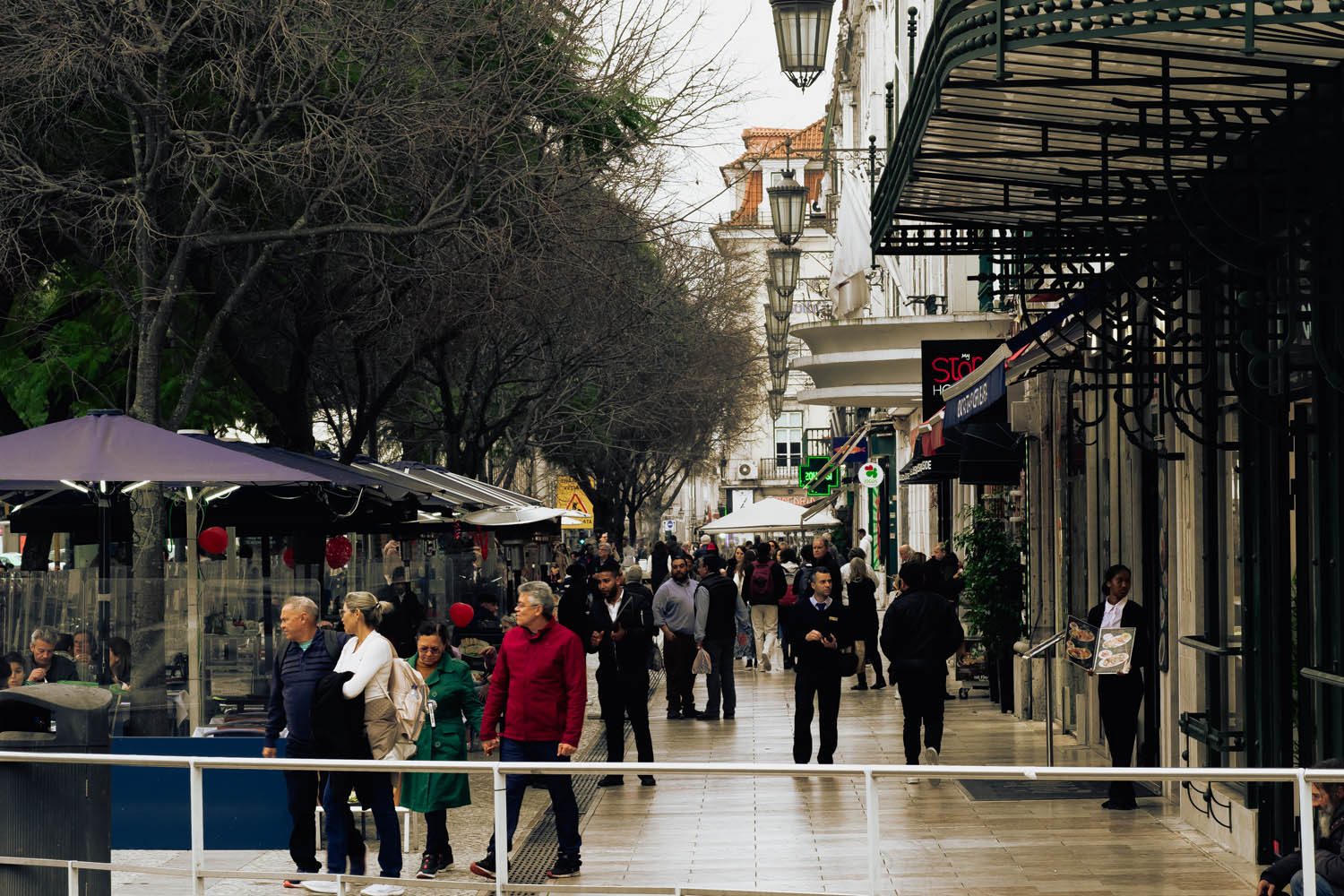
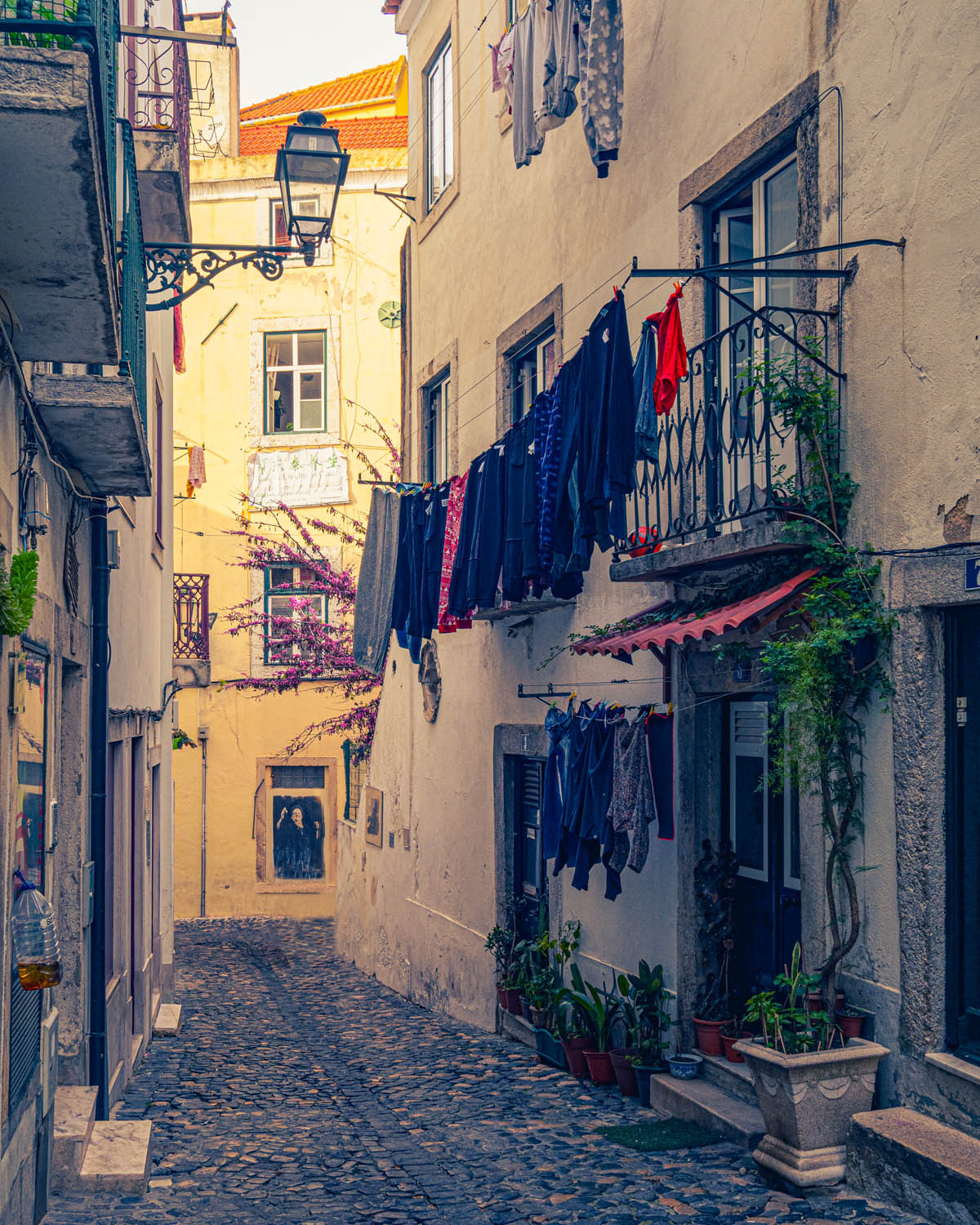
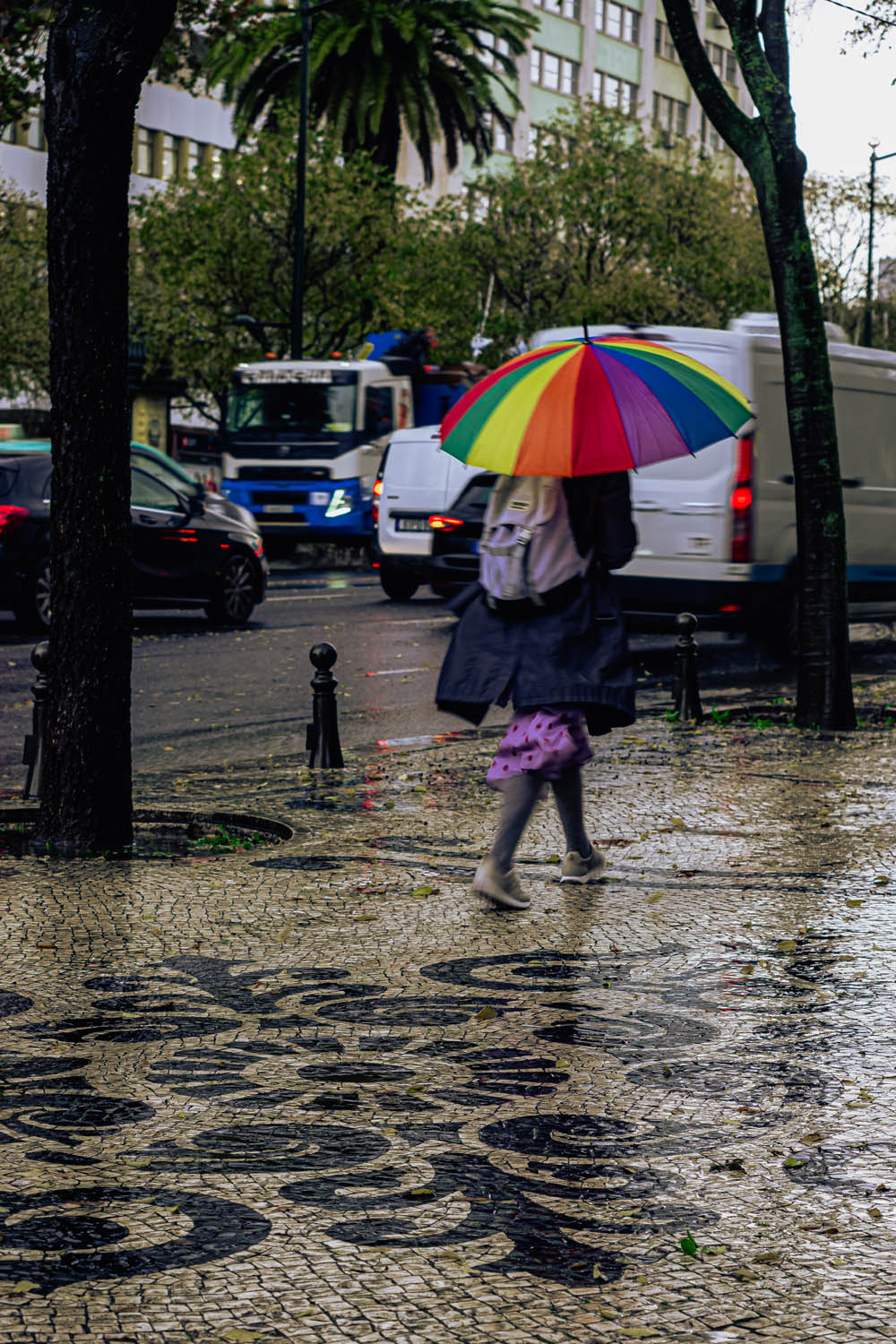
RIGHT: Olympus E-M1 MK III . Olympus M.Zuiko 12-40mmF2.8 @40mm . F/4.0 . 1/30” . ISO 200
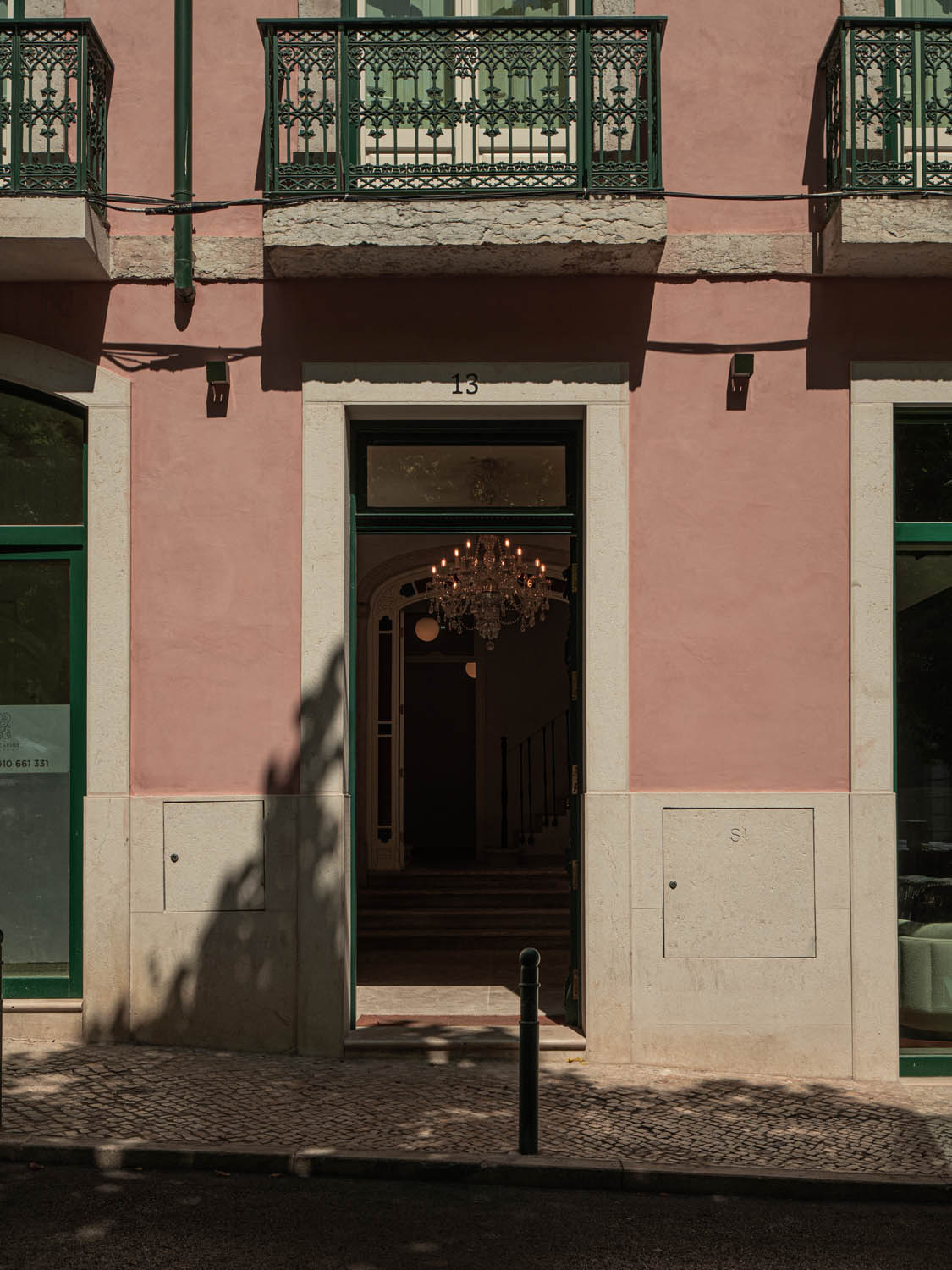
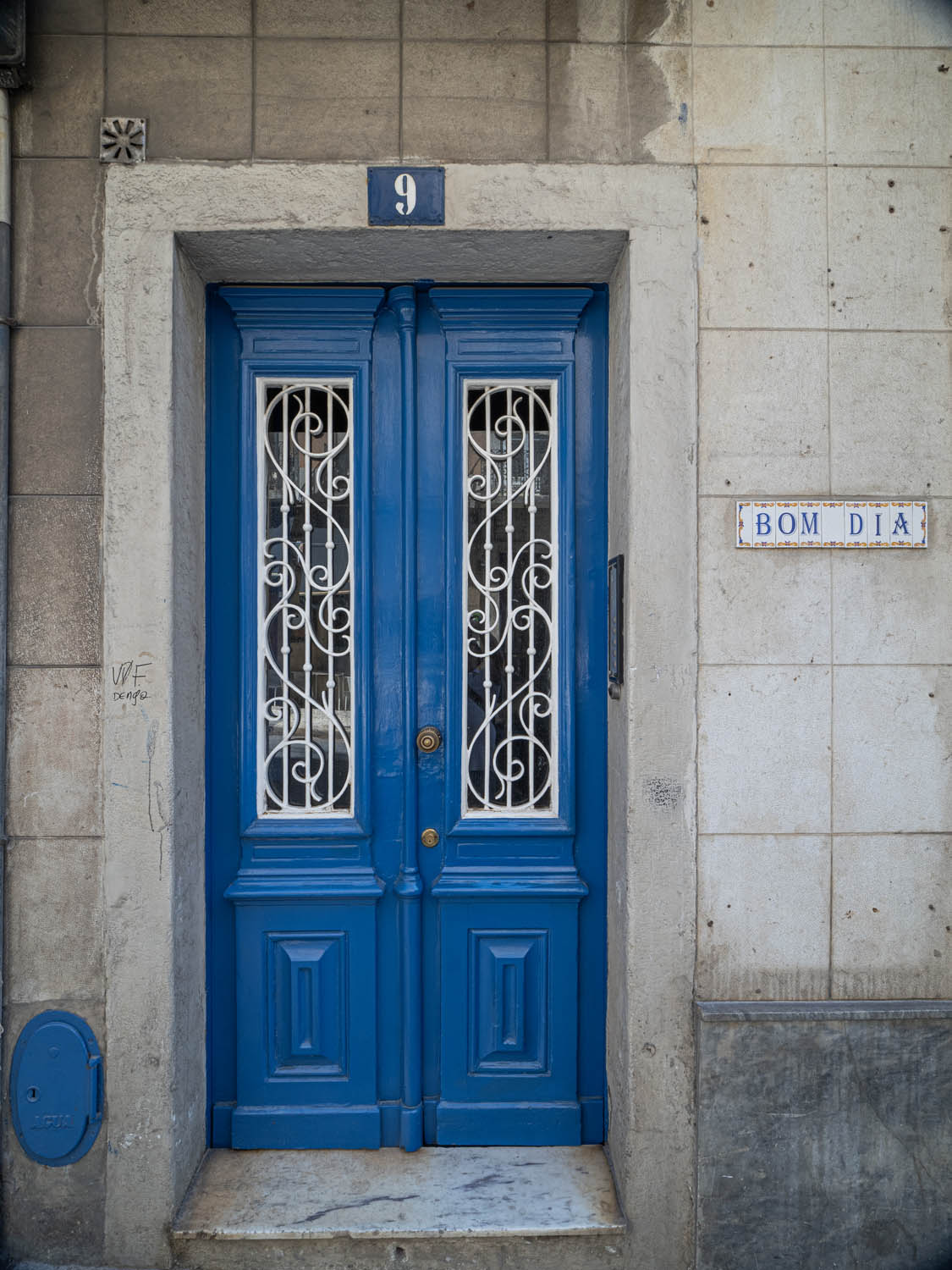
RIGHT: Olympus E-M1 MK III . Leica DG 8-18mmF2.8-4.0 @8mm . F/8 . 1/13” . ISO 200
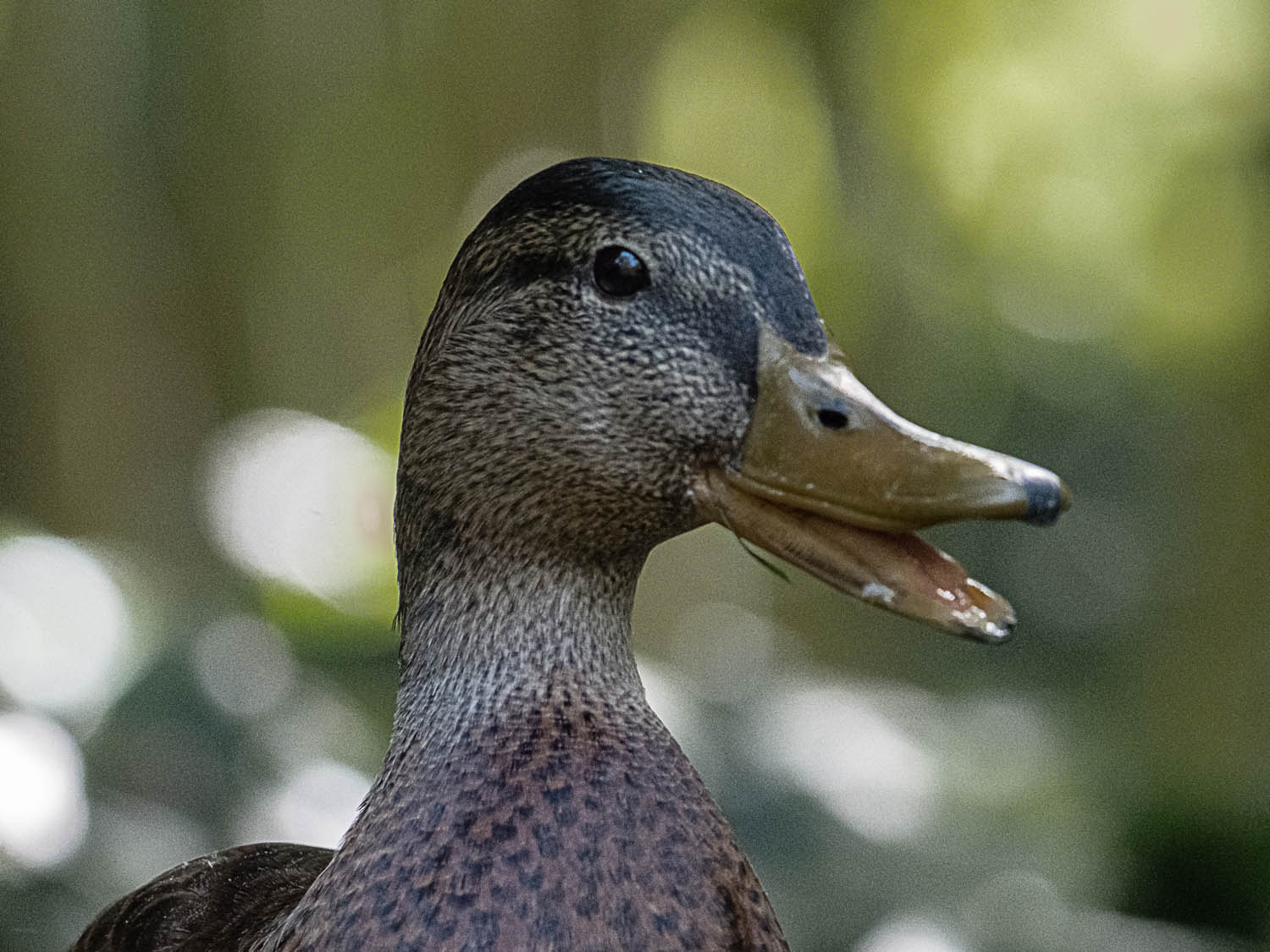
A whole new world opened up. But I had to learn to work with that camera. Aperture, ASA, shutter speed. But what is this? I wondered. Big mess and lots of wasted rolls. At the time, there was no training, nothing that could help to understand how a real camera worked. To learn was to work alongside someone with knowledge, a person who was available and willing to teach. I wasn’t that lucky, but there I went, trial and error, and after a long time, something that could be called photography began to appear. I finally had the help of someone who was a photographer, and it was in this store that I always went to develop the rolls. It was a precious help. There he explained to me how it worked, what I call the “Bermuda triangle”, ASA, ƒ/stop and shutter speed. The results appeared. When he handed me the copies of the roll, I will never forget his words “Go ahead, boy, you’ve got the hang of it”. Even today, when I take the camera, I remember Mr Manuel, I could never forget his help, and it was hard. Once, he even didn’t make prints from a roll of film and said, “This is a mess”, in this house, they don’t make garbage copies. It was hard to hear, but that’s how I learned anything. It was a short process, as Mr Manuel was already a very old person and it was time for him to leave. I remember him retouching portraits that were photographs taken on plates, with Indian ink.
I continued to take some photographs, always as an enthusiast. Mostly the photographs I took were of rally events. I have numerous copies of various races.
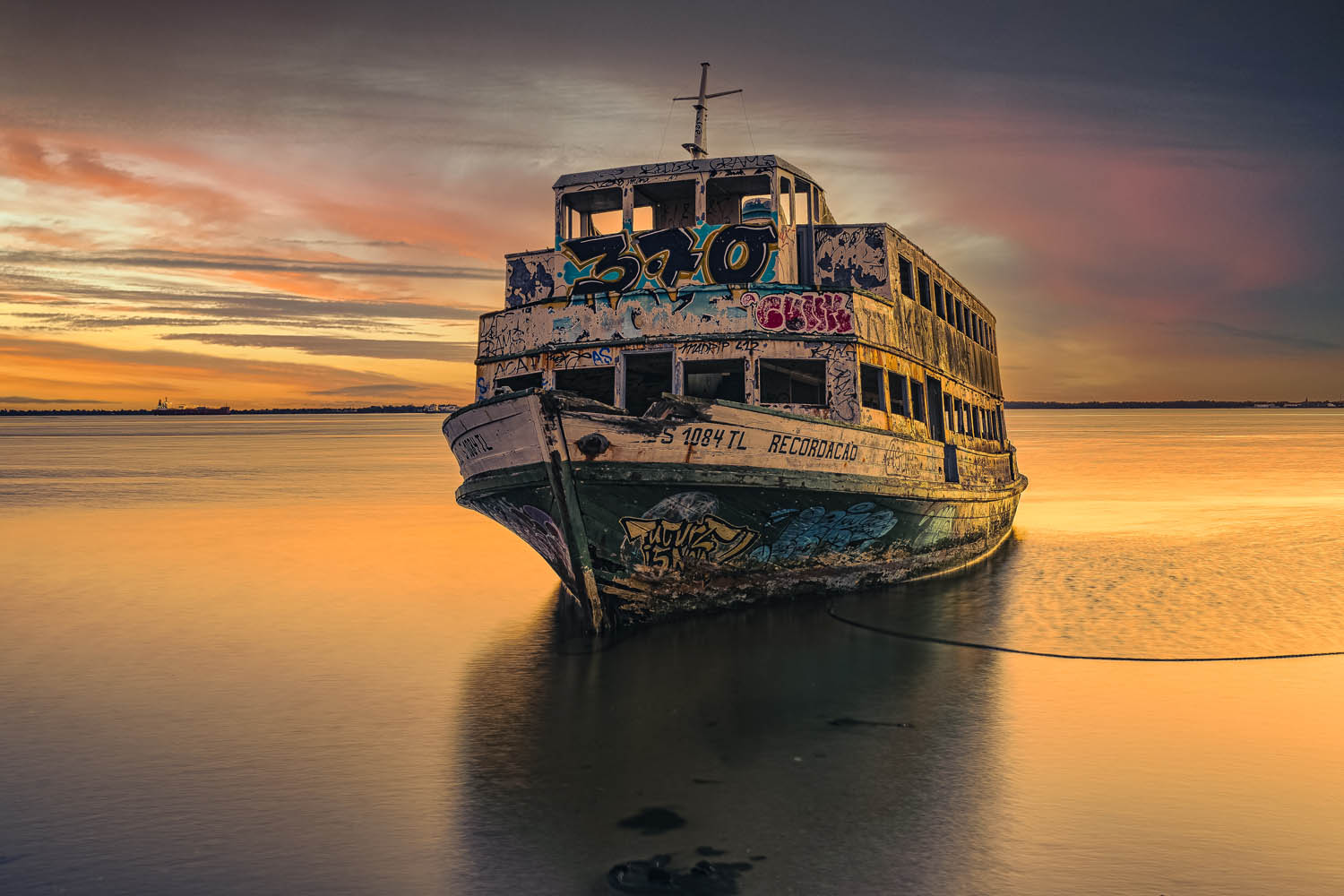
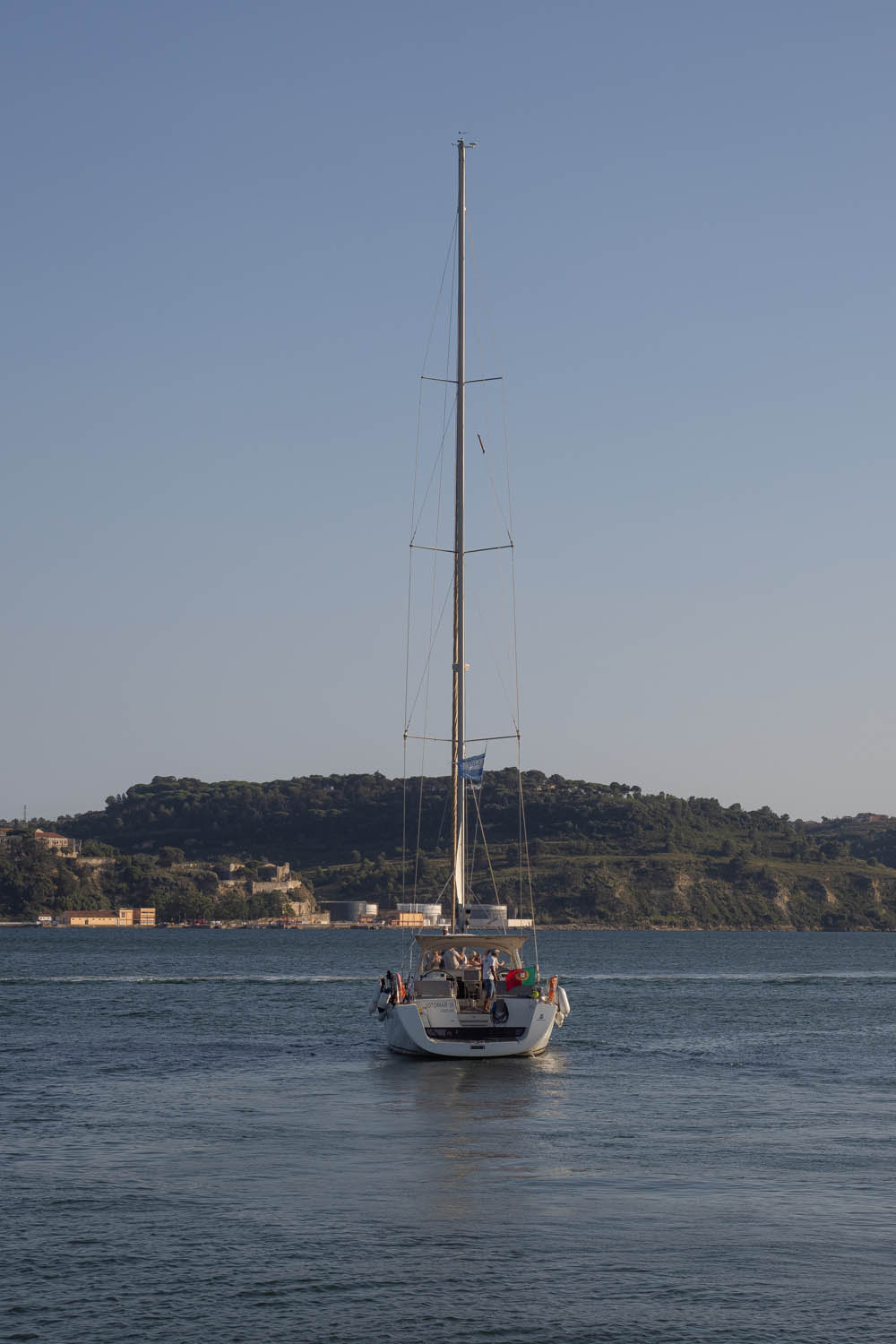
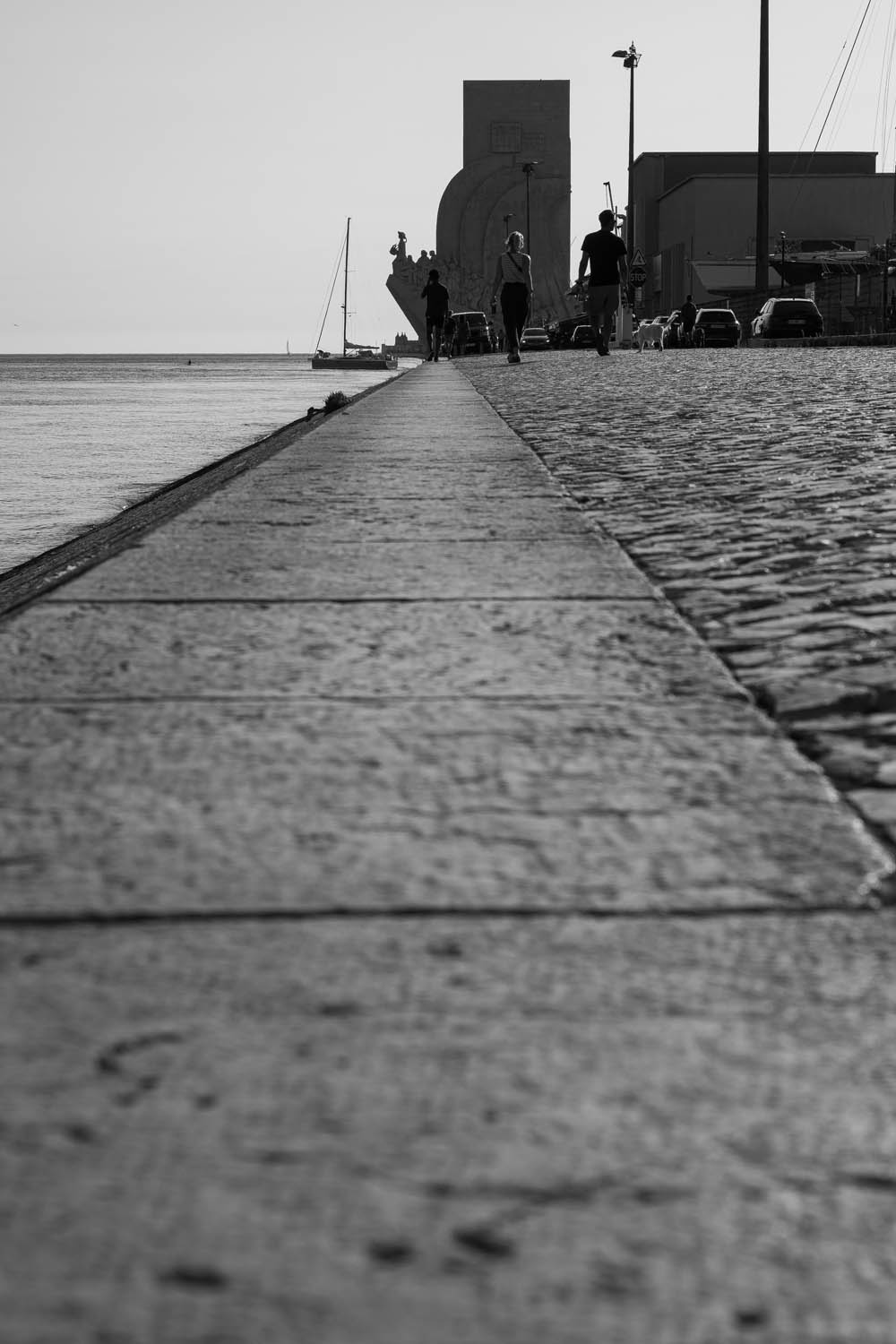
RIGHT: Olympus E-M1 MK III . Olympus M.Zuiko 12-40mmF2.8 @34mm . F/8 . 1/320” . ISO 64
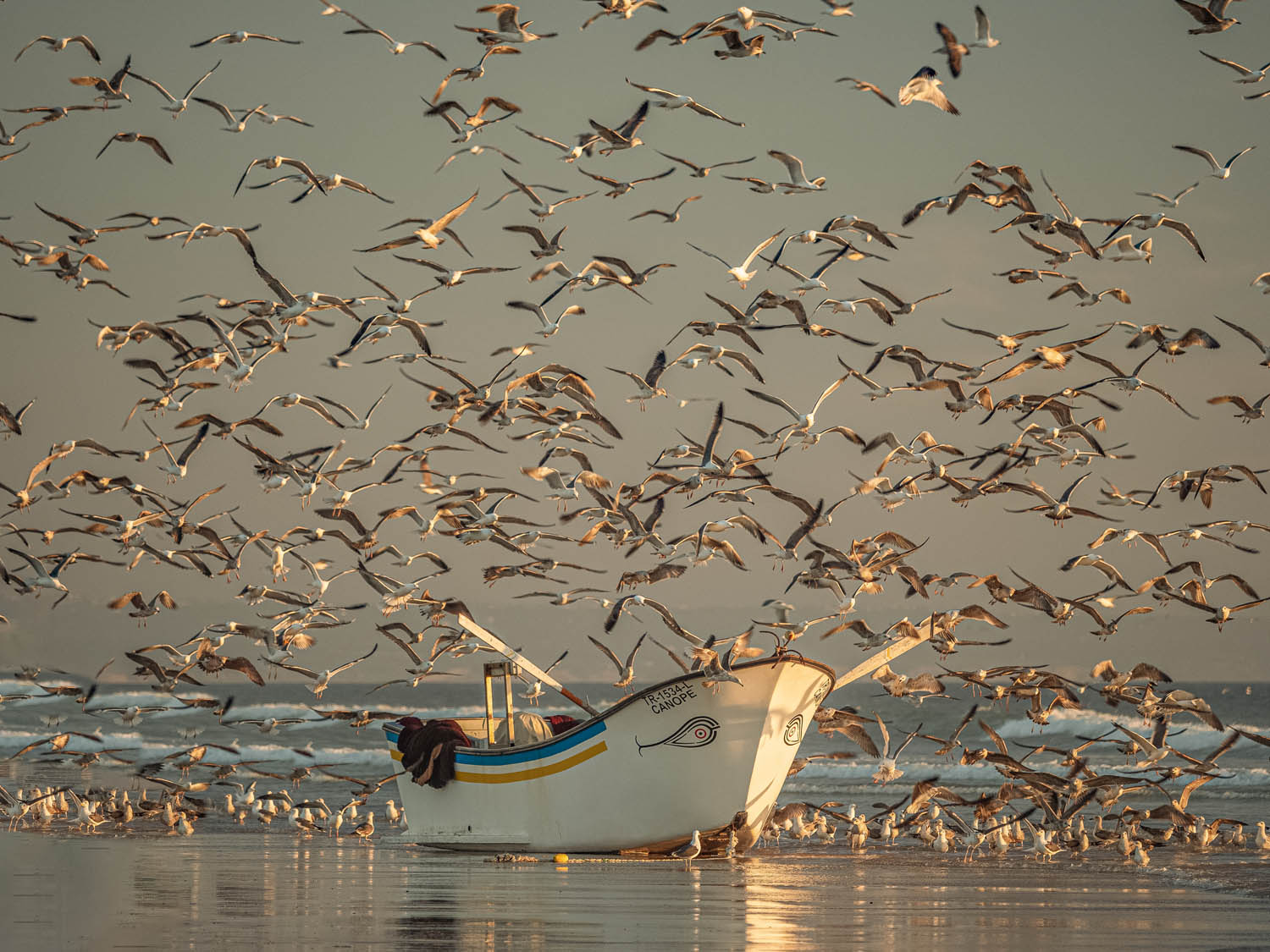
Technology evolved and cameras with electronics began to appear but still with manual focus. I bought the Canon T90, the worst camera I’ve ever owned. Electronics on the one hand, manual focus, these were things that played. I exchanged it for a Nikon F90, still analogue but with autofocus, an excellent camera, and which I have had for several years. The time when the autofocus appeared. A system at the time much criticized by the old people of Restelo* who resist change and distrusted autofocus.
Several years after, I switched to a Canon 80D. Digital, autofocus, excellent.
*The “Velho do Restelo” is one of the characters in Os Lusíadas, by the poet Luís Vaz de Camões (Born in Lisbon, in 1524, and died in 1580). Canto VI. The Velho do Restelo is interpreted as a symbol of the pessimists.
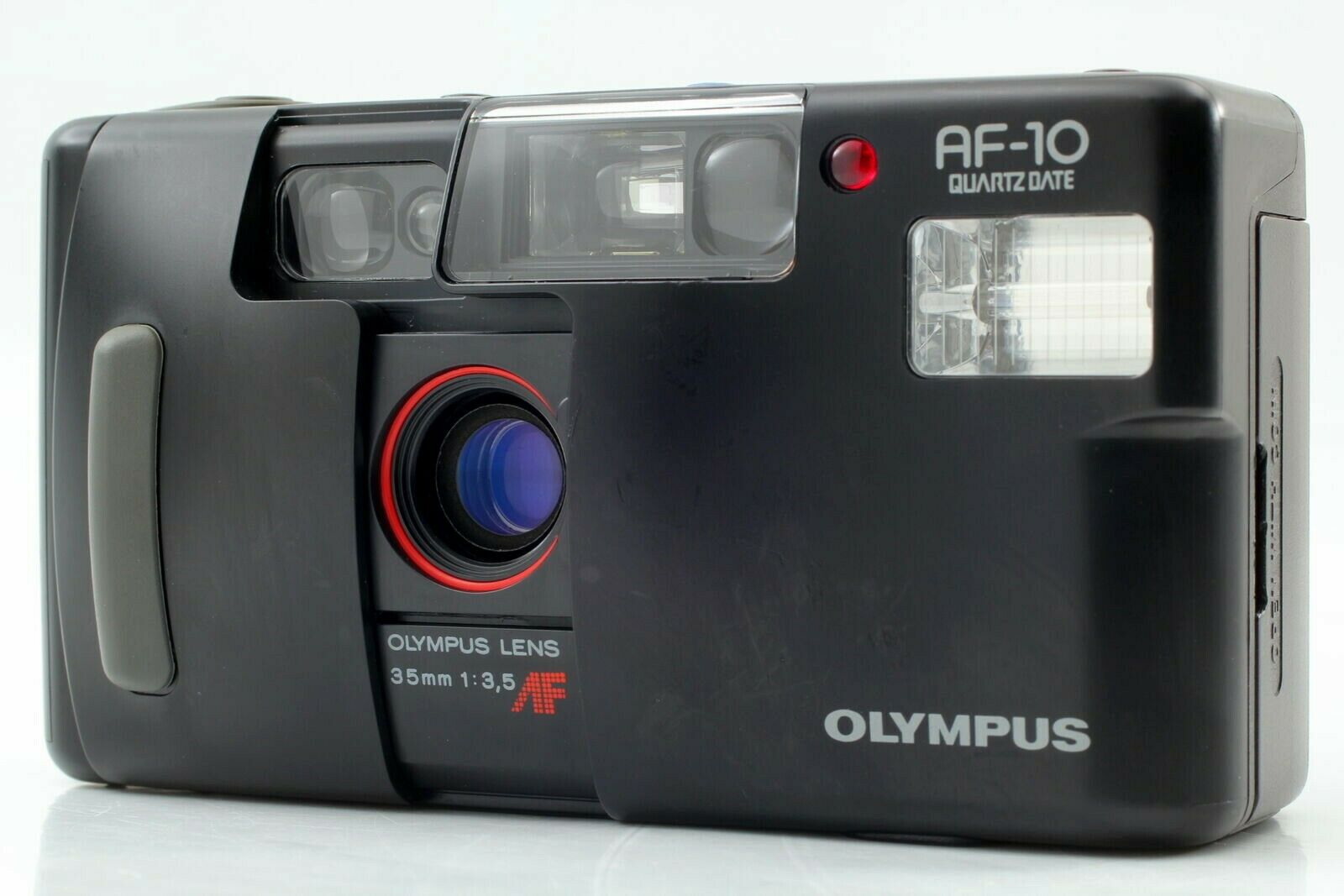
But in the midst of all this equipment, travelling was complicated with heavy equipment. For travel, I bought my first Olympus. The Olympus AF-10 Quartz Date, 35mm, 1:3.5, a compact, analogue camera. Small and light, of fabulous quality. For the quality, I was always thinking about this brand.
It was then that I bought the Olympus OM-D E-M10 Mark II. Lightweight, versatile and excellent quality. I really liked it. A camera somewhat difficult to understand, but when you start to understand it, there is a vast field to explore.
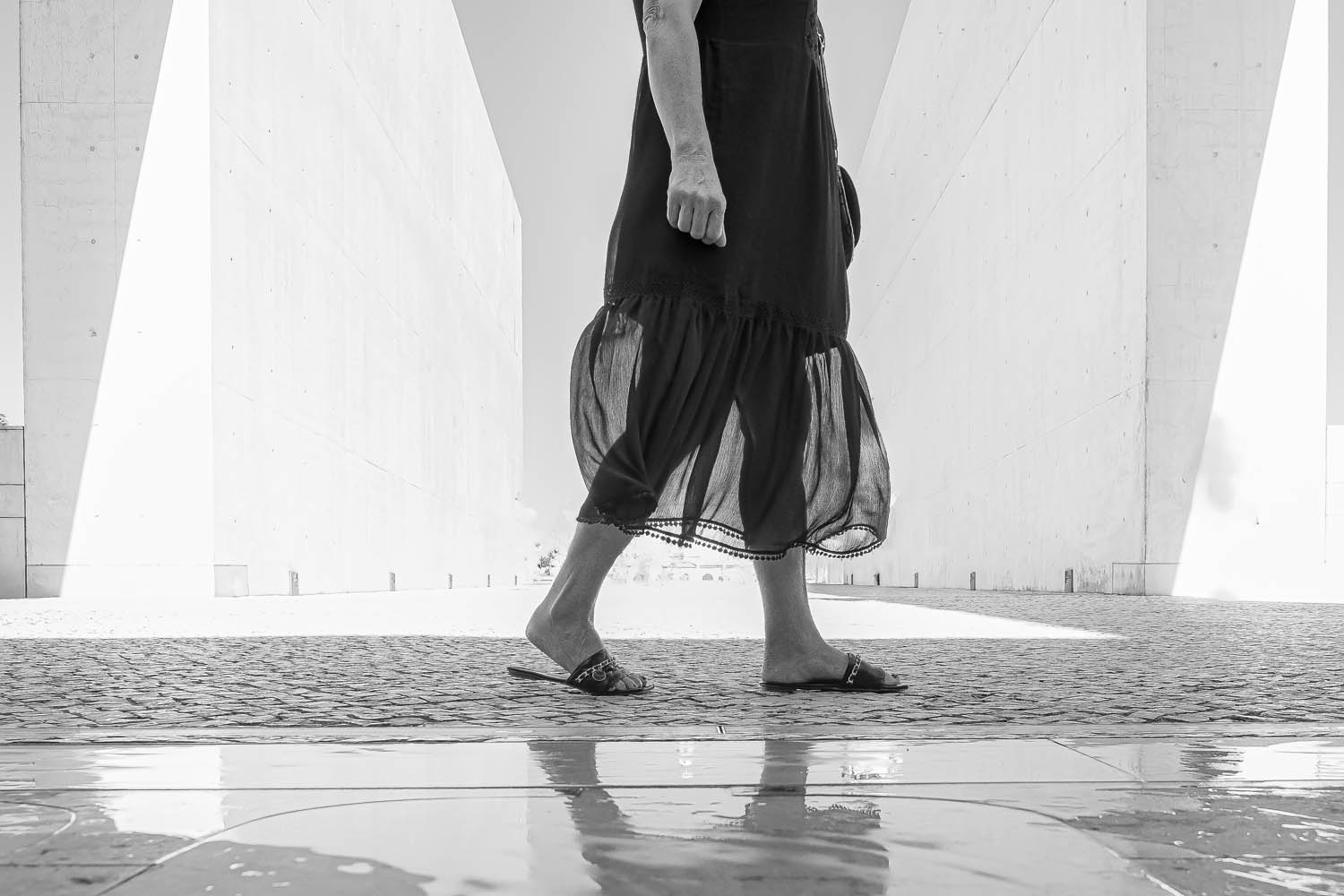
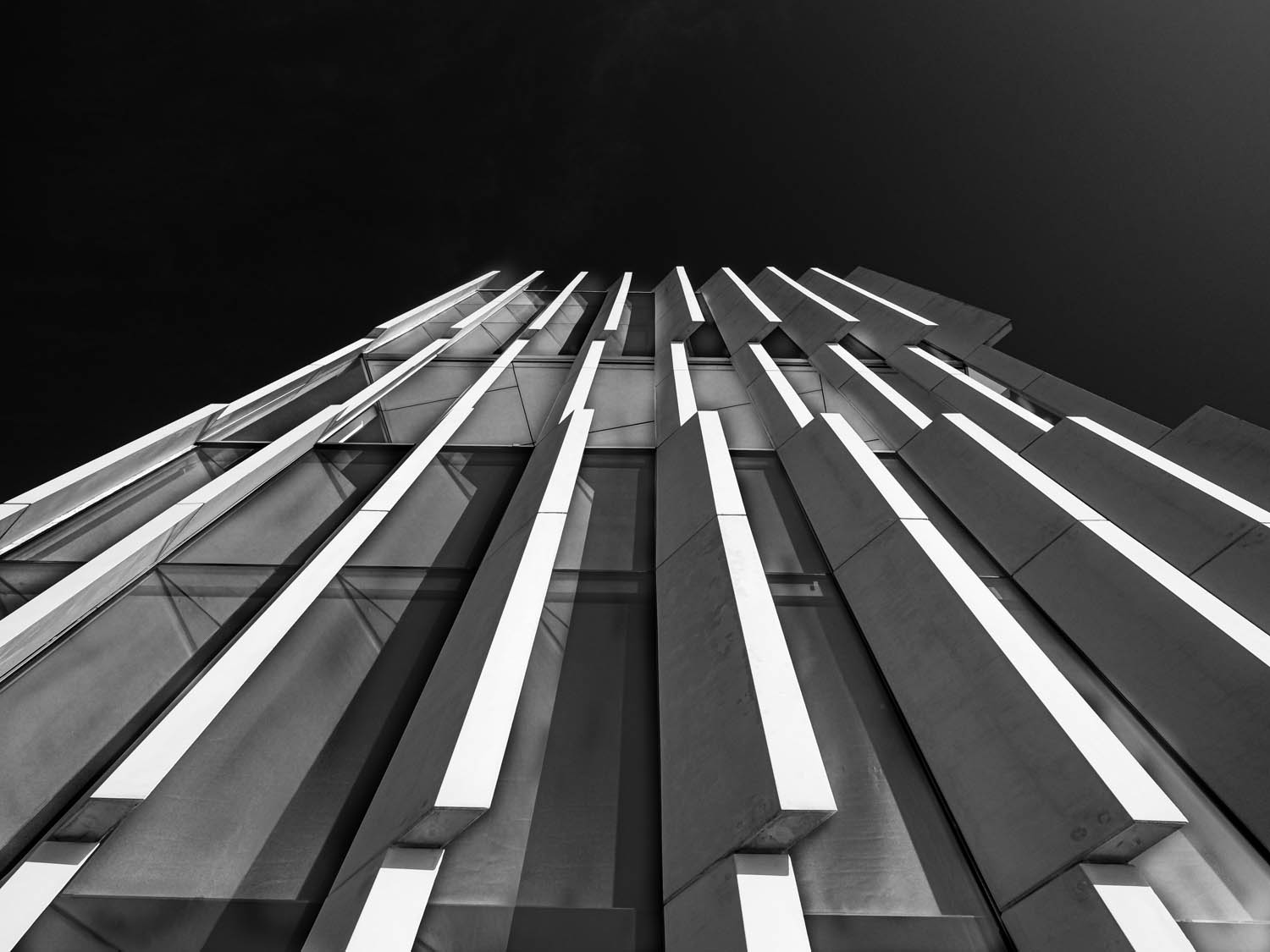

RIGHT: Olympus E-M1 MK III . Olympus M.Zuiko 60mmF2.8 Macro . F/5.6 . 1/5000” . ISO 200
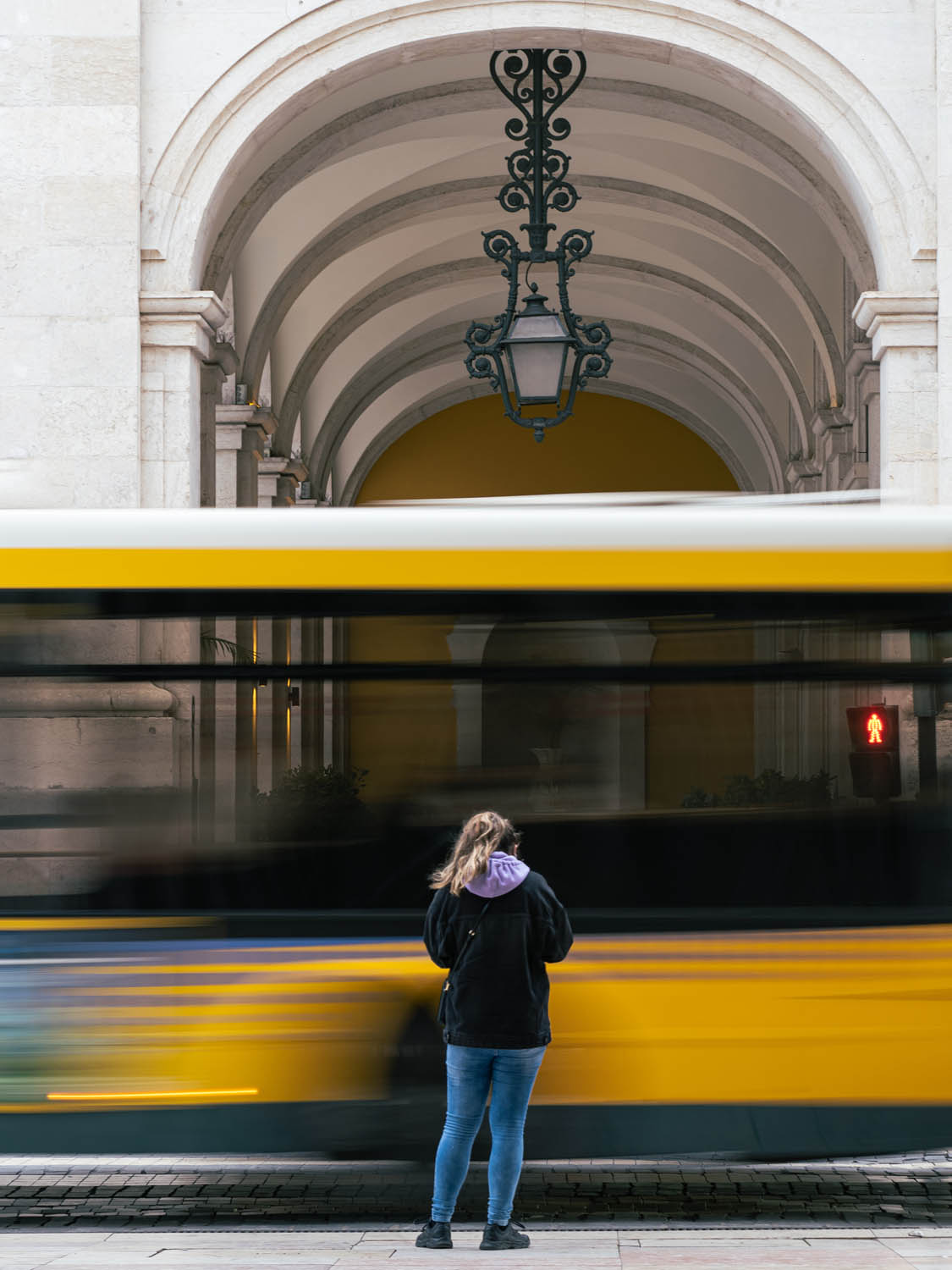
It was then the launch pad for the much talked about and despised Micro 4/3 system. I kept the OM-D E-M10, but I already had the Olympus OM-D E-M1 Mark II. At present, I have the Olympus OM-D E-M1 Mark III. It took me a while to understand its entire computational system, however, I don’t see the need to change it to a full-frame system. All its features are functional and help a lot when taking a picture. The resistance of the “PRO” body and lens seal is excellent. I can confirm because I’ve already photographed under a lot of rain, and they continue to work perfectly. The quality of IBIS allows you to take pictures at very low shutter speeds with the camera in your hand. Live Time for shooting with ND filters and many other functions. It’s a small Great Camera.
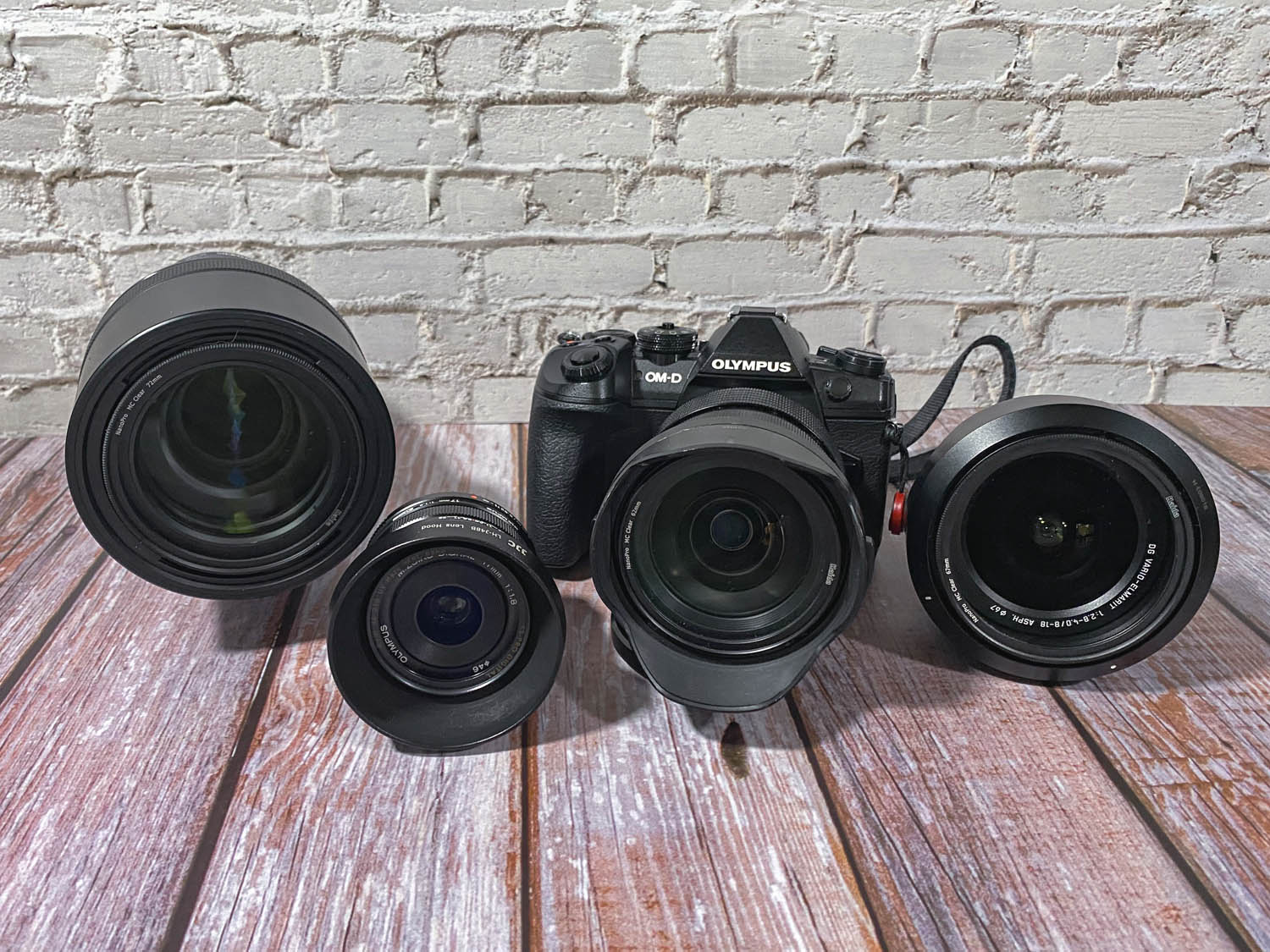
Photography, for me, is a hobby. I have another professional activity, and it’s with my Olympus that on my photographic trips I find the necessary peace of mind to recover and relax, and I know if a photograph goes wrong, it’s not the camera’s fault.
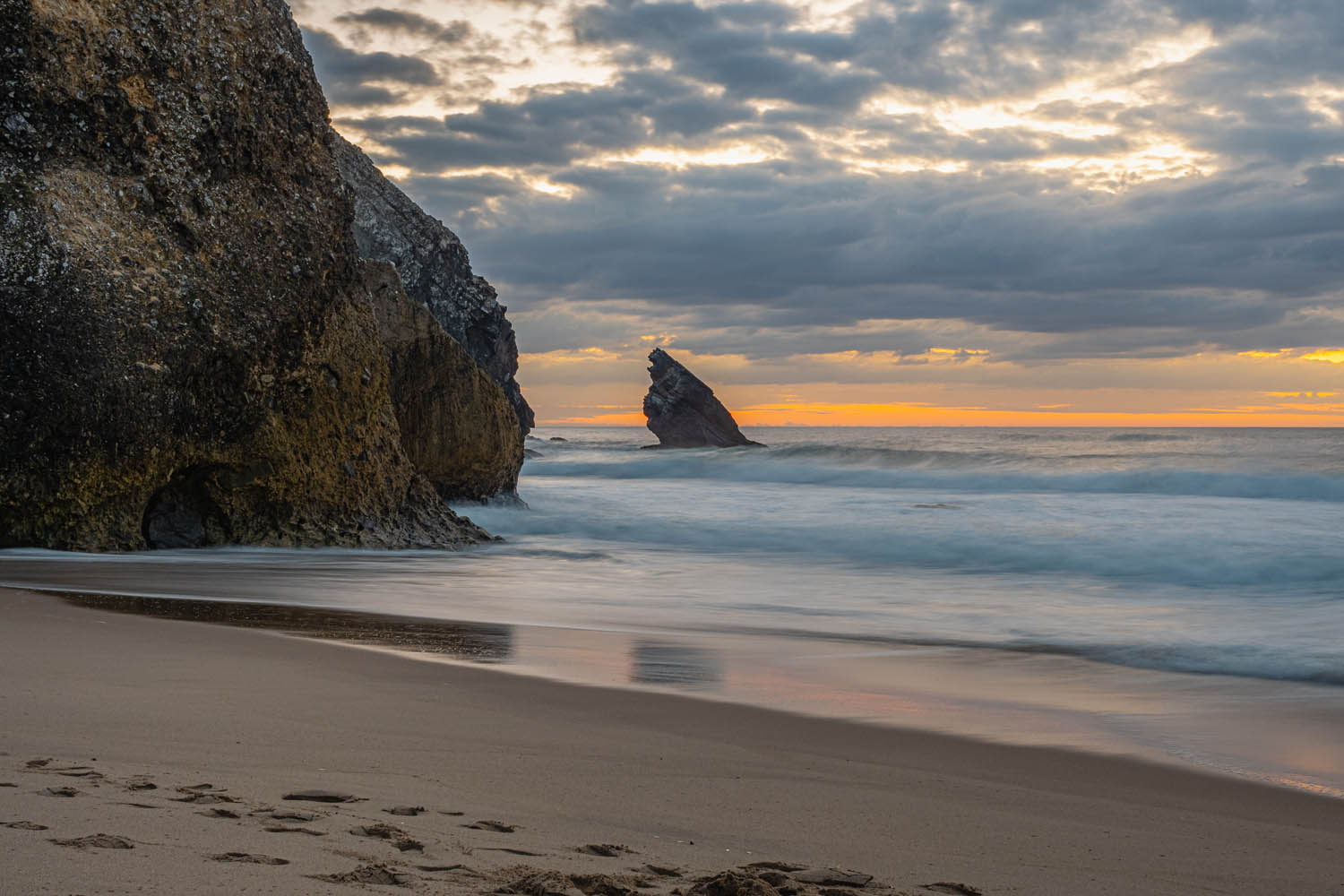
My interests in photography range from landscape photography, preferably long exposures, to street photography. But the most important thing for me is that there is a relationship between me and the subject, a subject that catches my attention, where I, the camera and the subject are one.
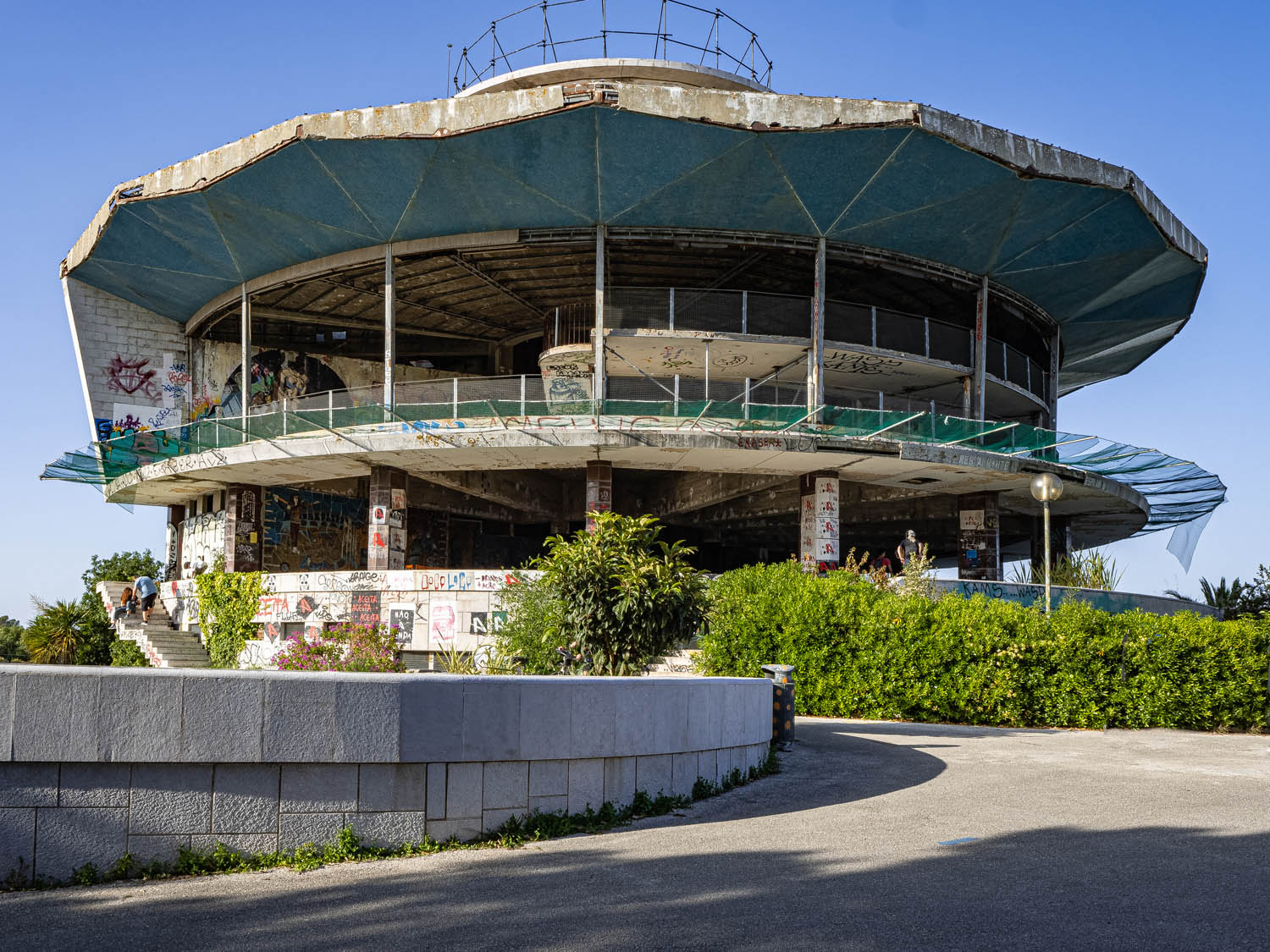
In these heartbreaking images of the former Monsanto Panoramic Restaurant, a work conceived by Keil do Amaral in 1930 and commissioned by General França Borges, Mayor of Lisbon in 1961, with a project by Architect Chaves Costa. The work began in 1964 and ended in 1967. It was a luxurious restaurant with support service, a terrace, a café, a viewpoint, and a banquet hall. It was opened in 1970.
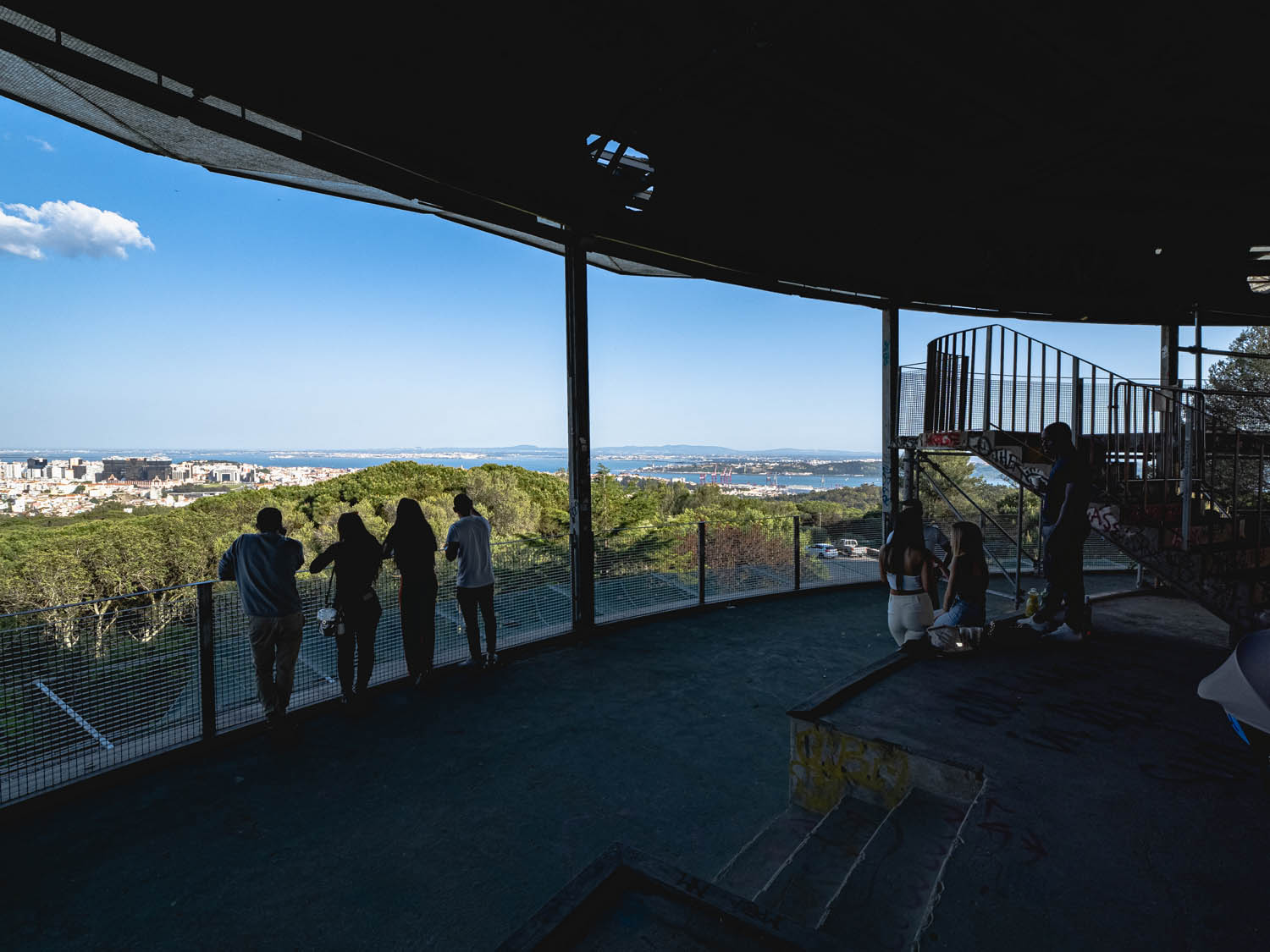
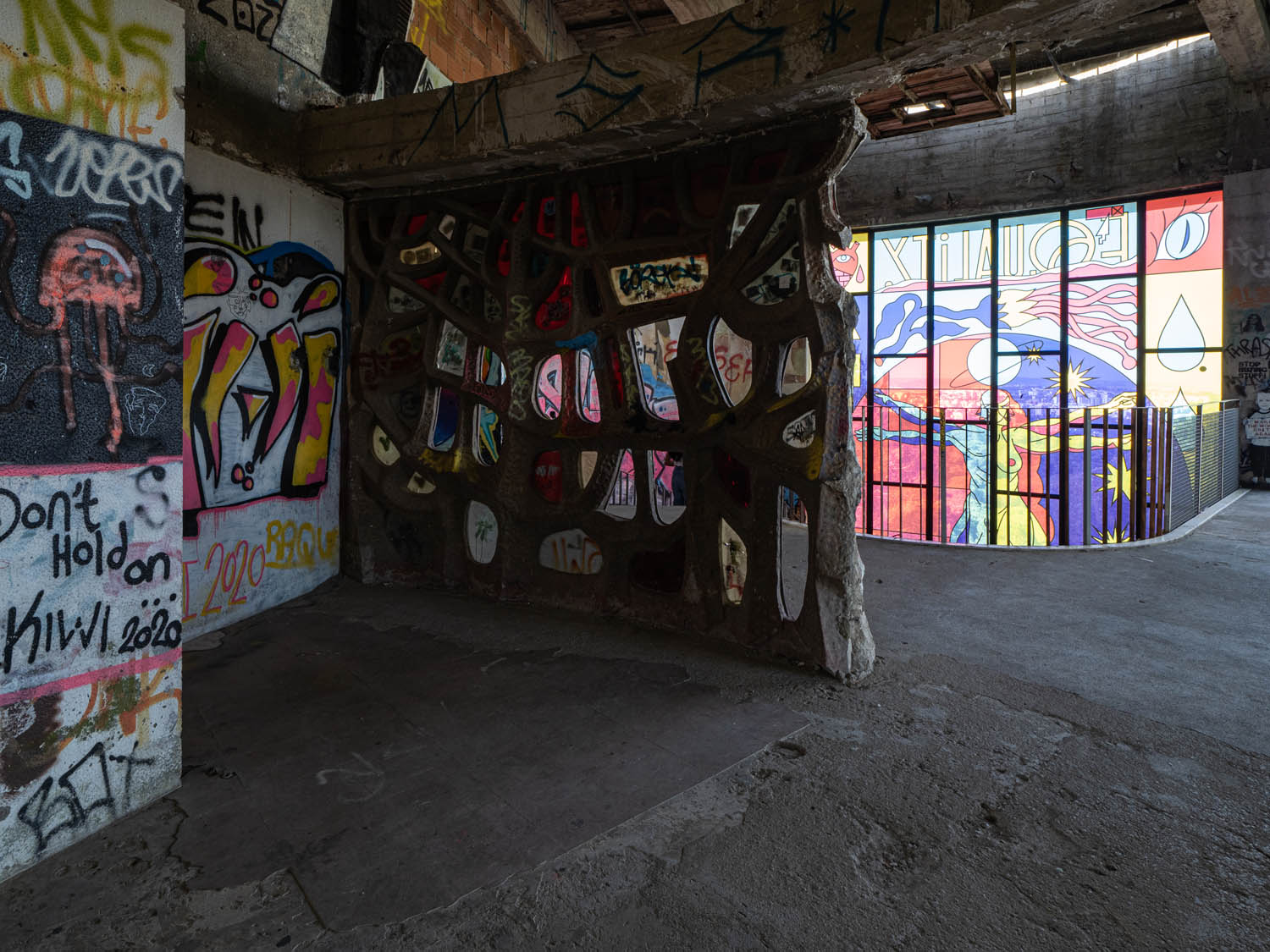
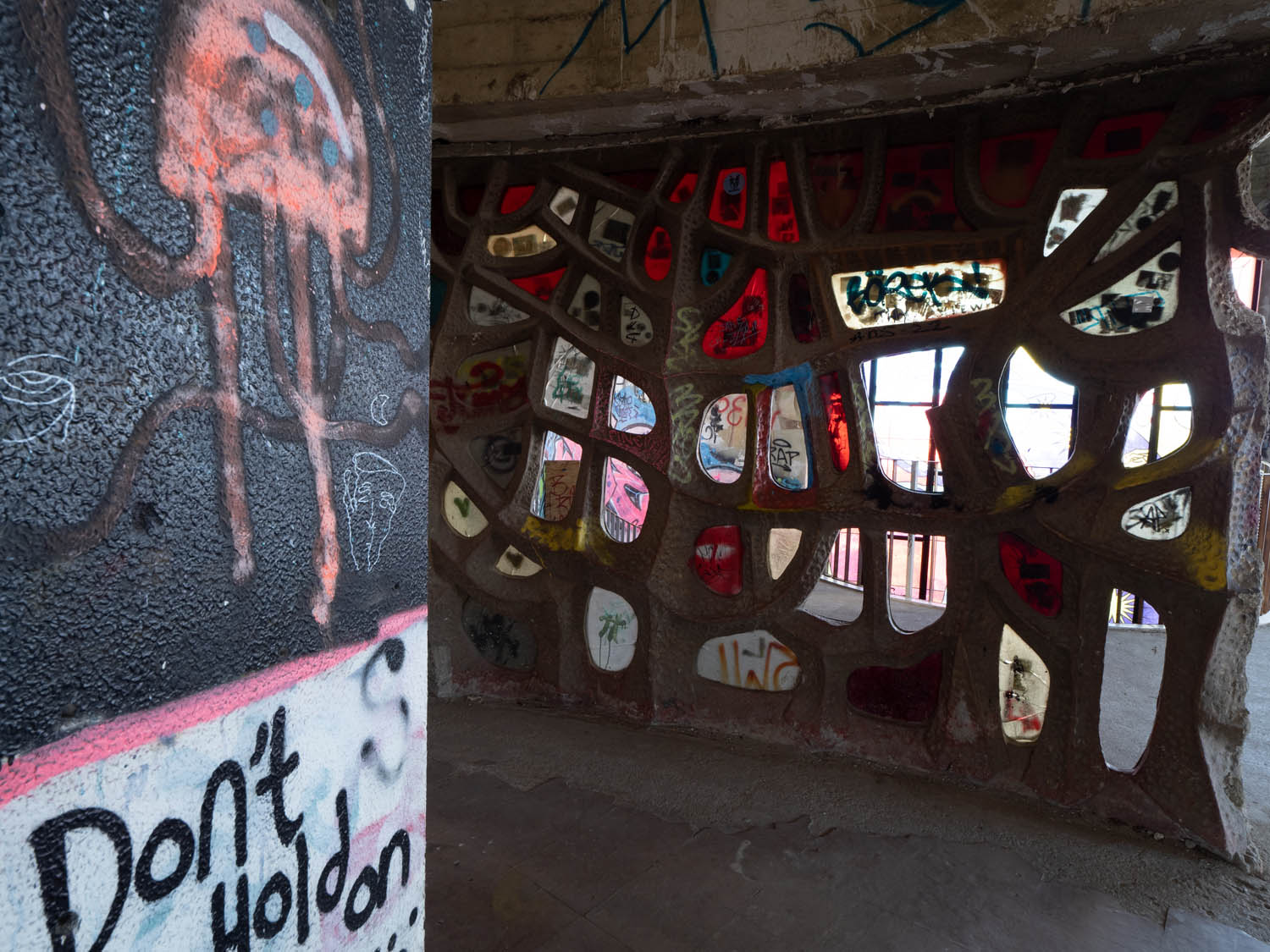
RIGHT: Olympus E-M1 MK III . Leica DG 8-18mmF2.8-4.0 @8mm . F/8 . 1/6” . ISO 200
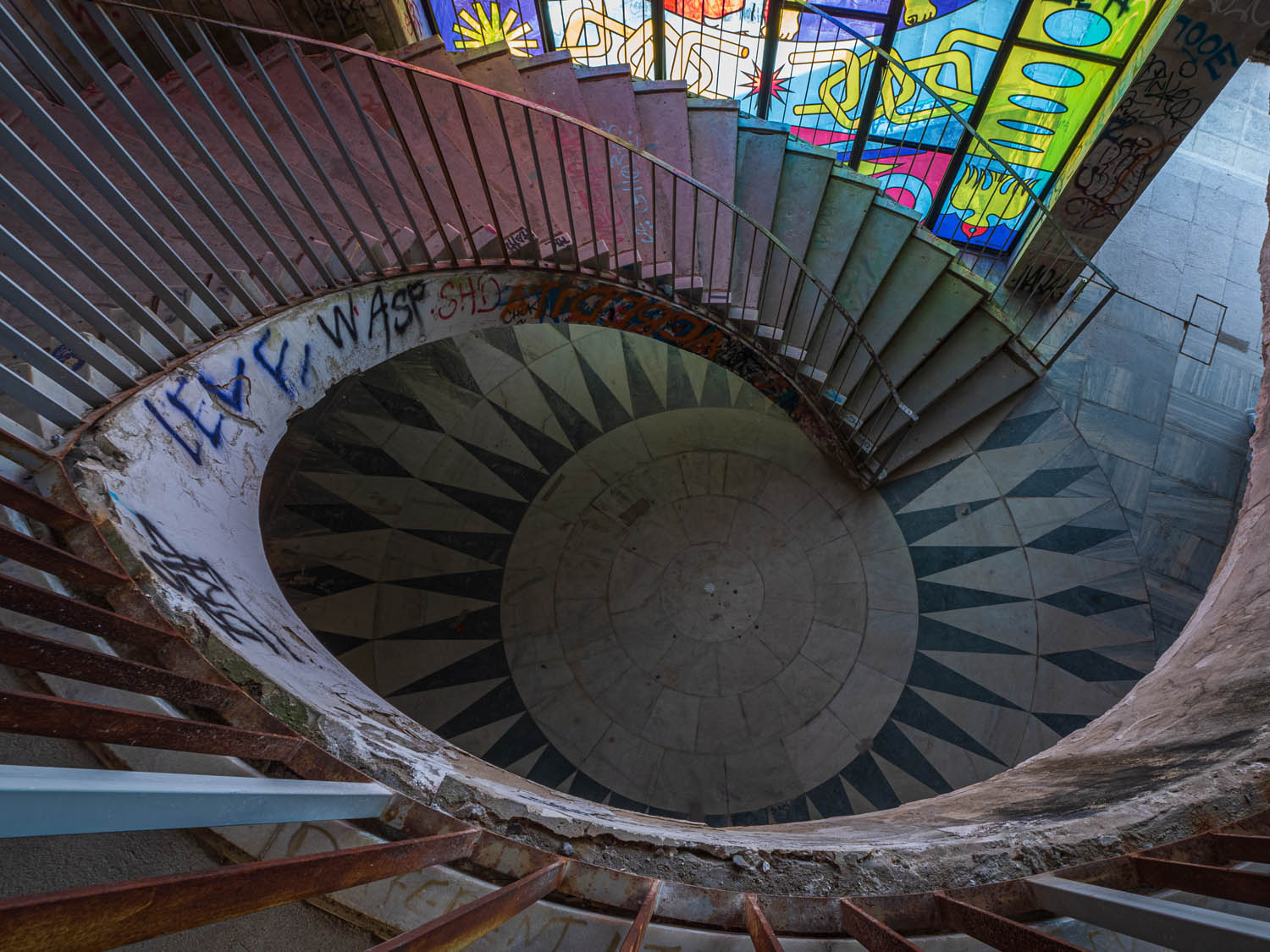
It is located in Montes Claros, Monsanto Forest Park, Lisbon. It is a circular building, which allowed its conversion into a belvedere, where you can see all of Lisbon, the Tagus River and much of the length of the left bank. Fortunately, and still intact, the stained glass window by Aka Corleon with the name Equality stands out.
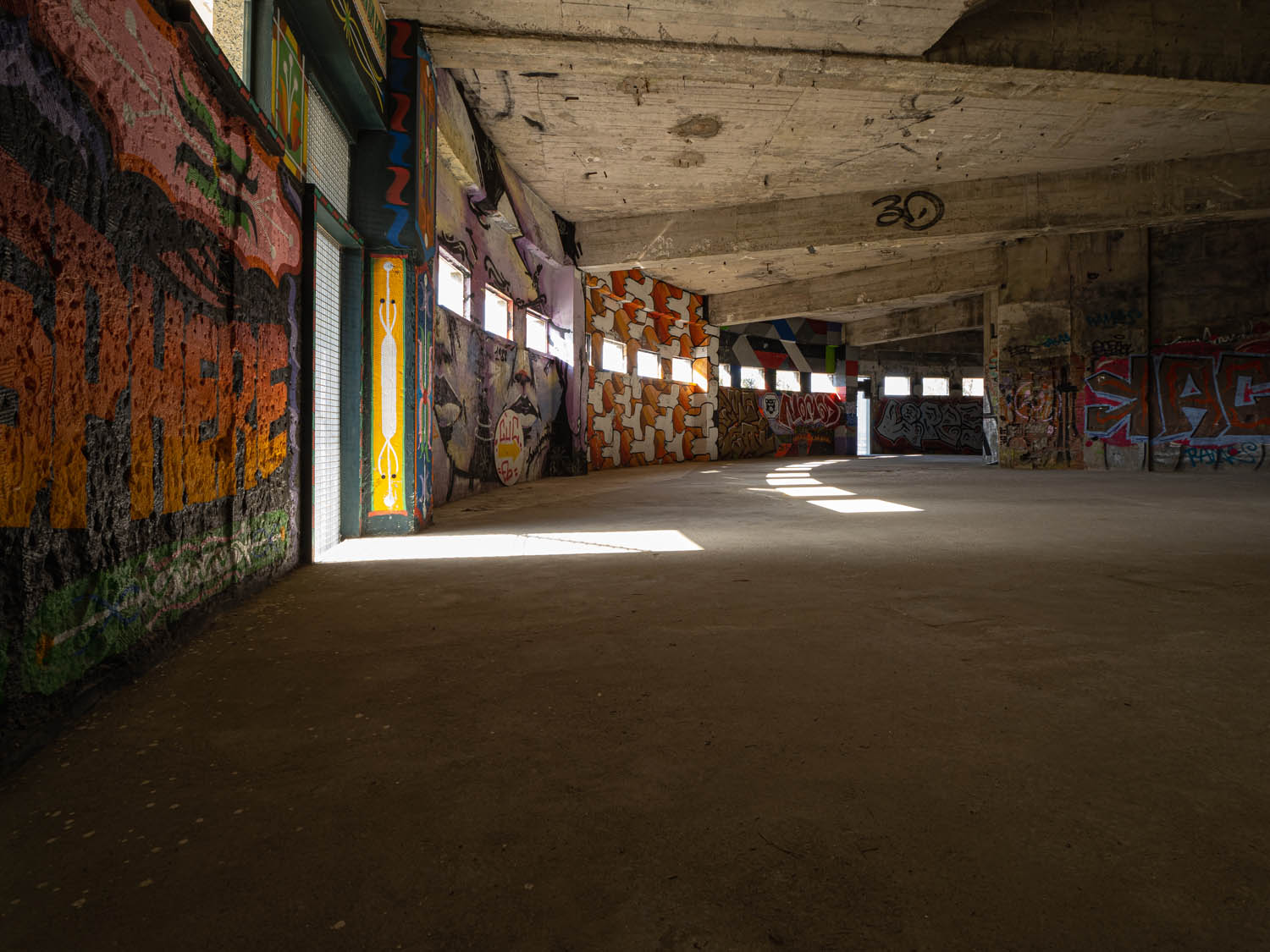
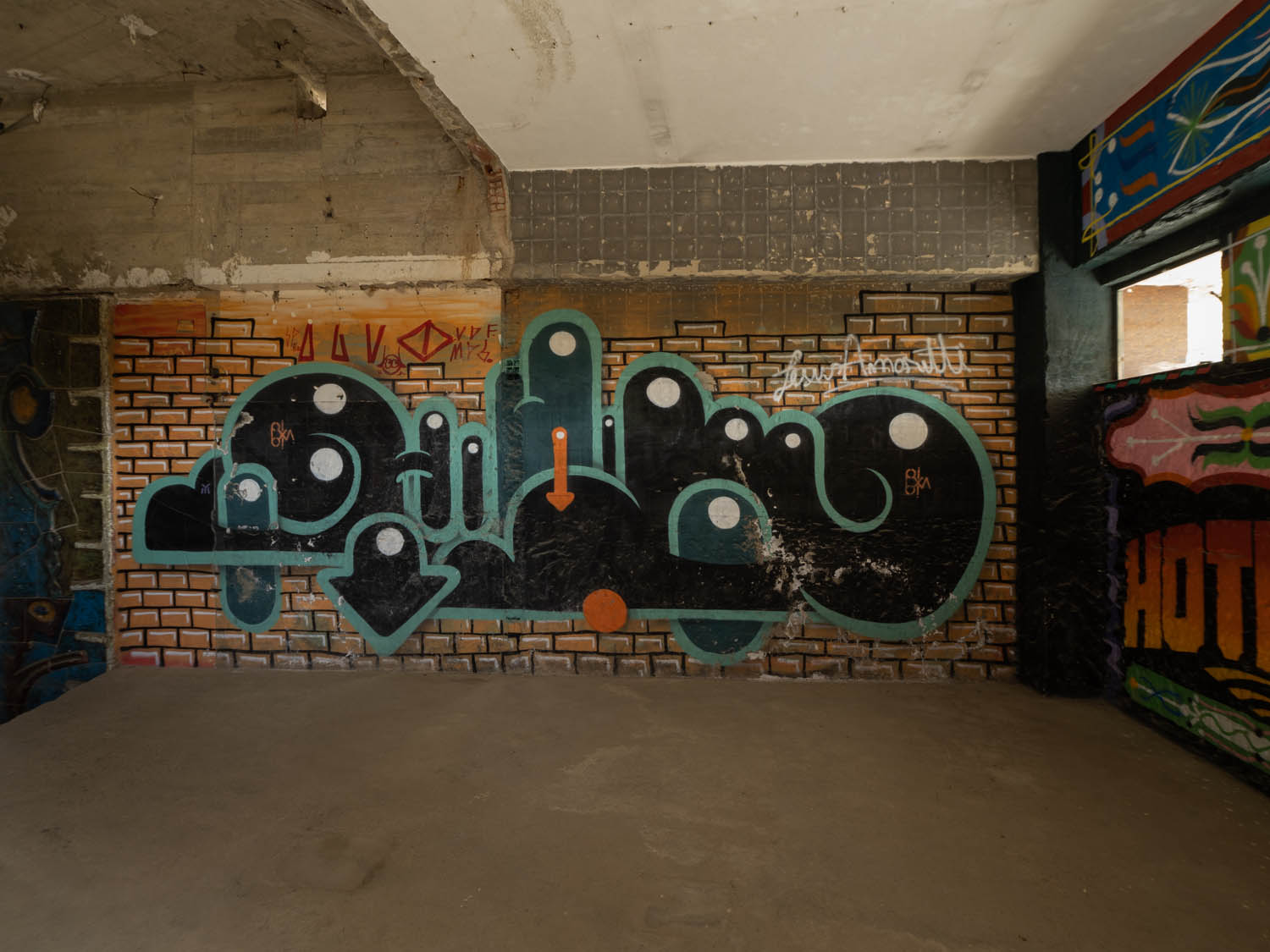
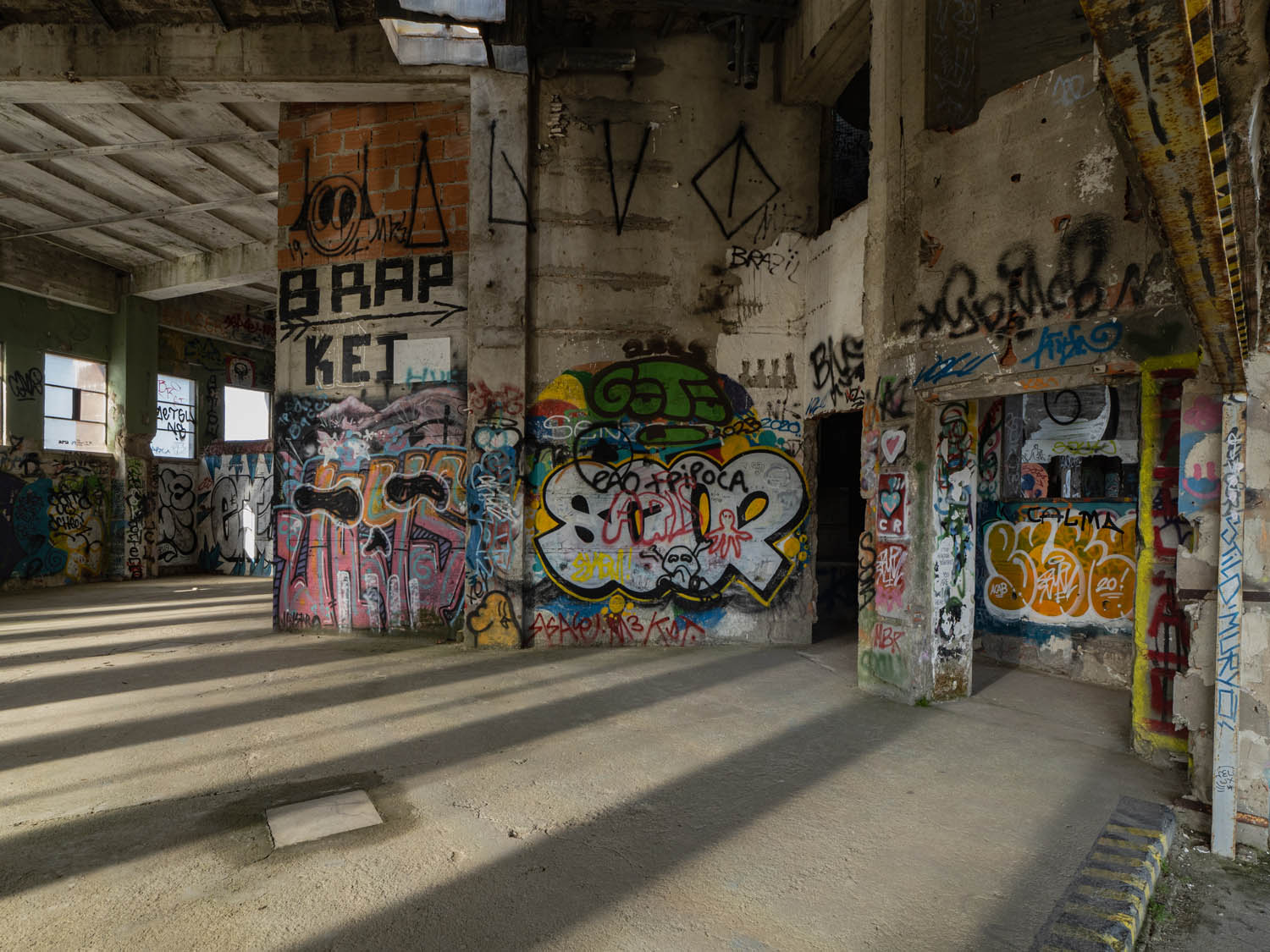
RIGHT: Olympus E-M1 MK III . Leica DG 8-18mmF2.8-4.0 @9mm . F/8 . 1/30” . ISO 200
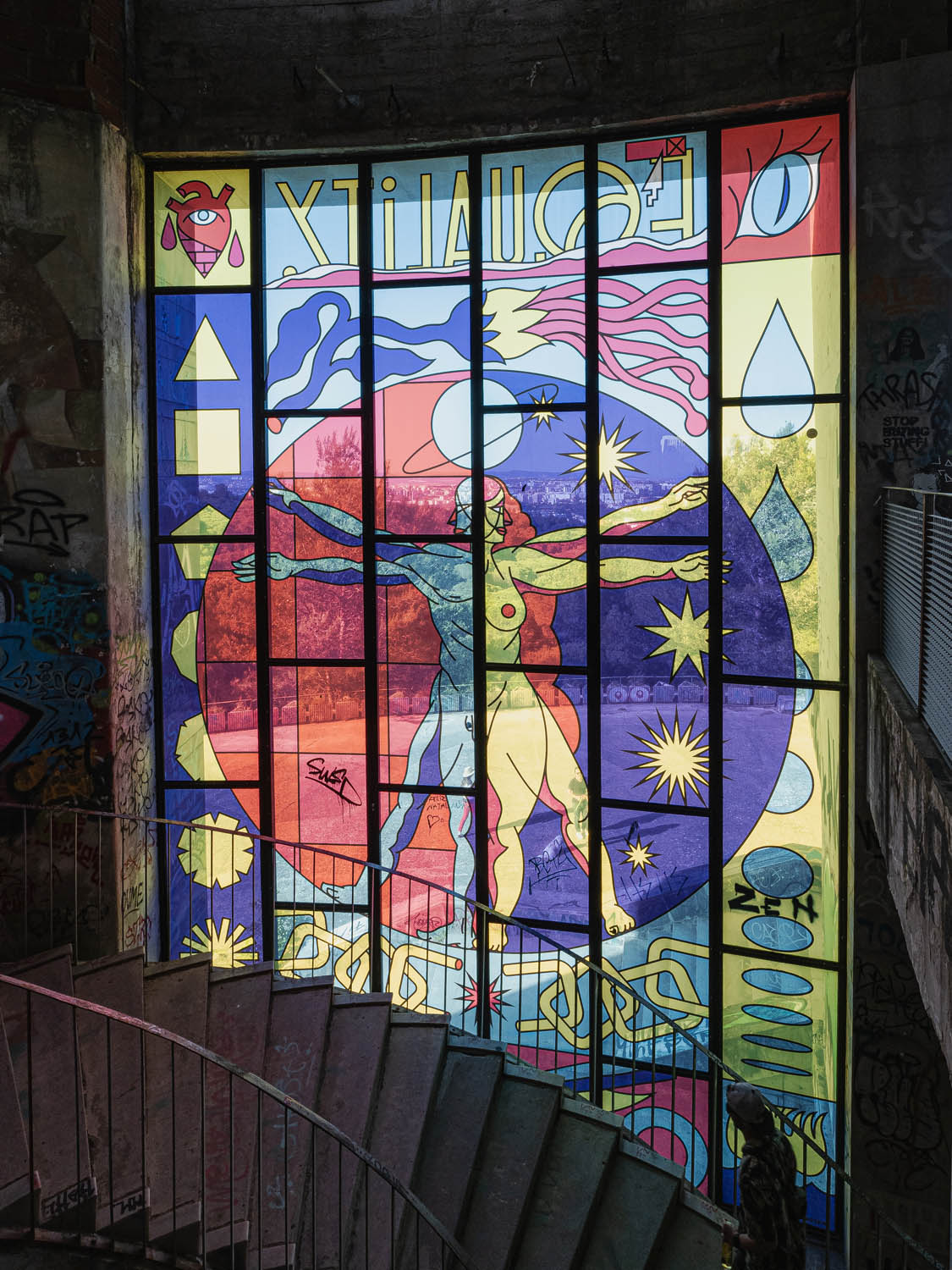
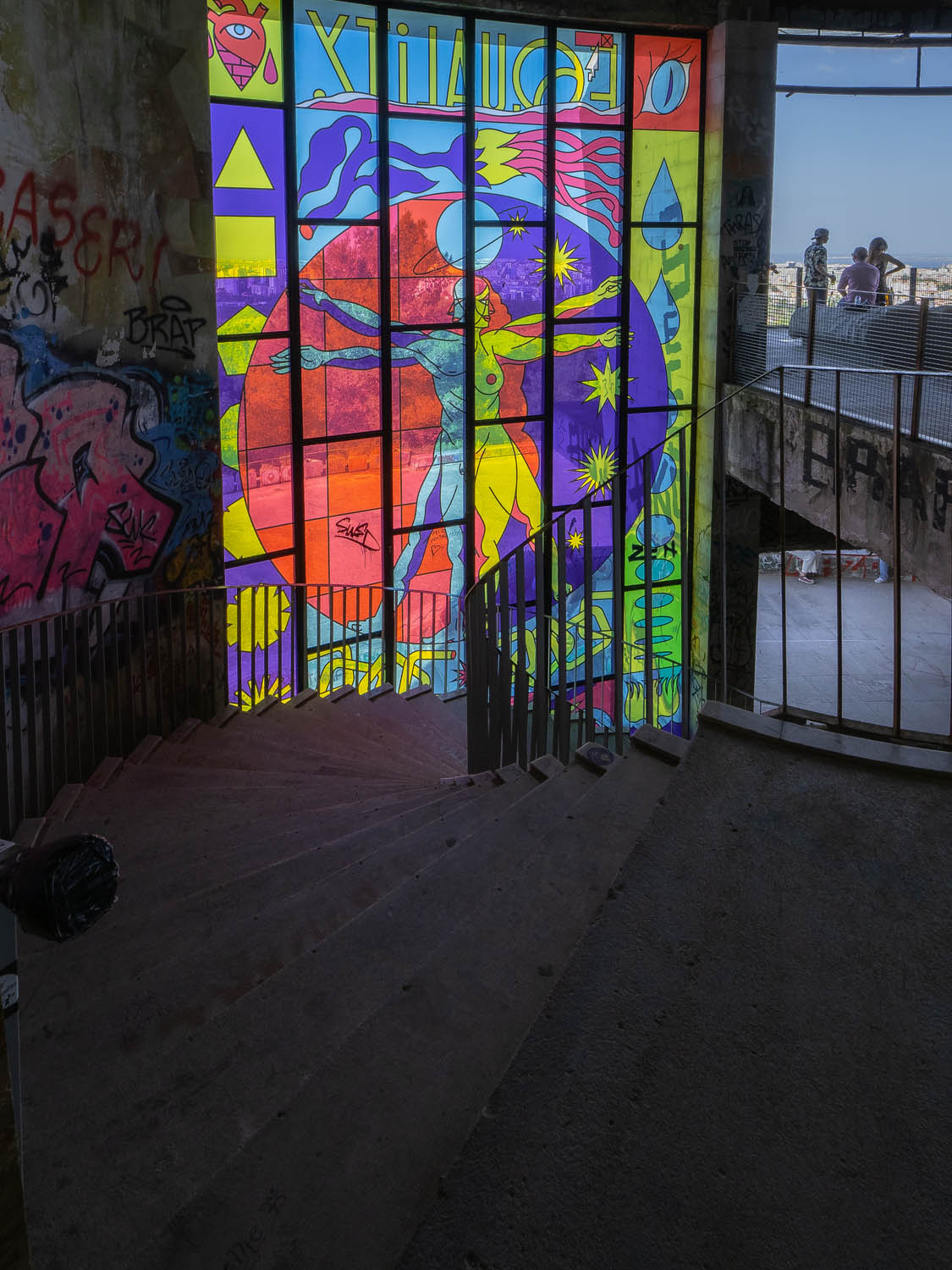
RIGHT: Olympus E-M1 MK III . Leica DG 8-18mmF2.8-4.0 @9mm . F/9 . 1/80” . ISO 200
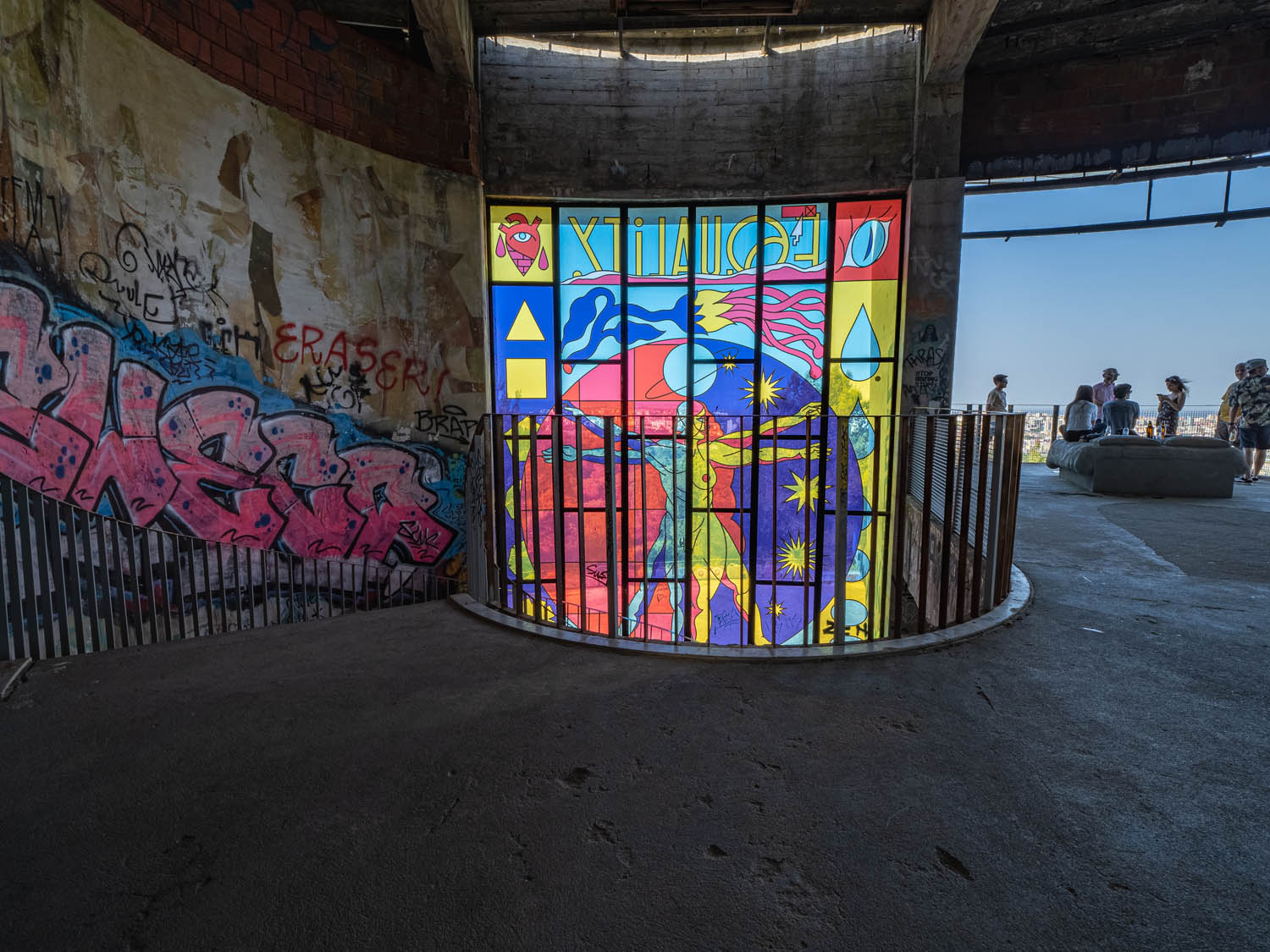
It is open to the public, and only part of it can be visited. It is a place that is not very difficult to be photographed due to being circular. There are photos in which you can see a strong intensity of light, which enters the windows and contrasts with the shadows caused by the walls, which I liked about this contrast. However, you have to look for a time, depending on the time of year, so that you can have the best light coming in. This photograph demonstrates this is completely open, which facilitates lighting.
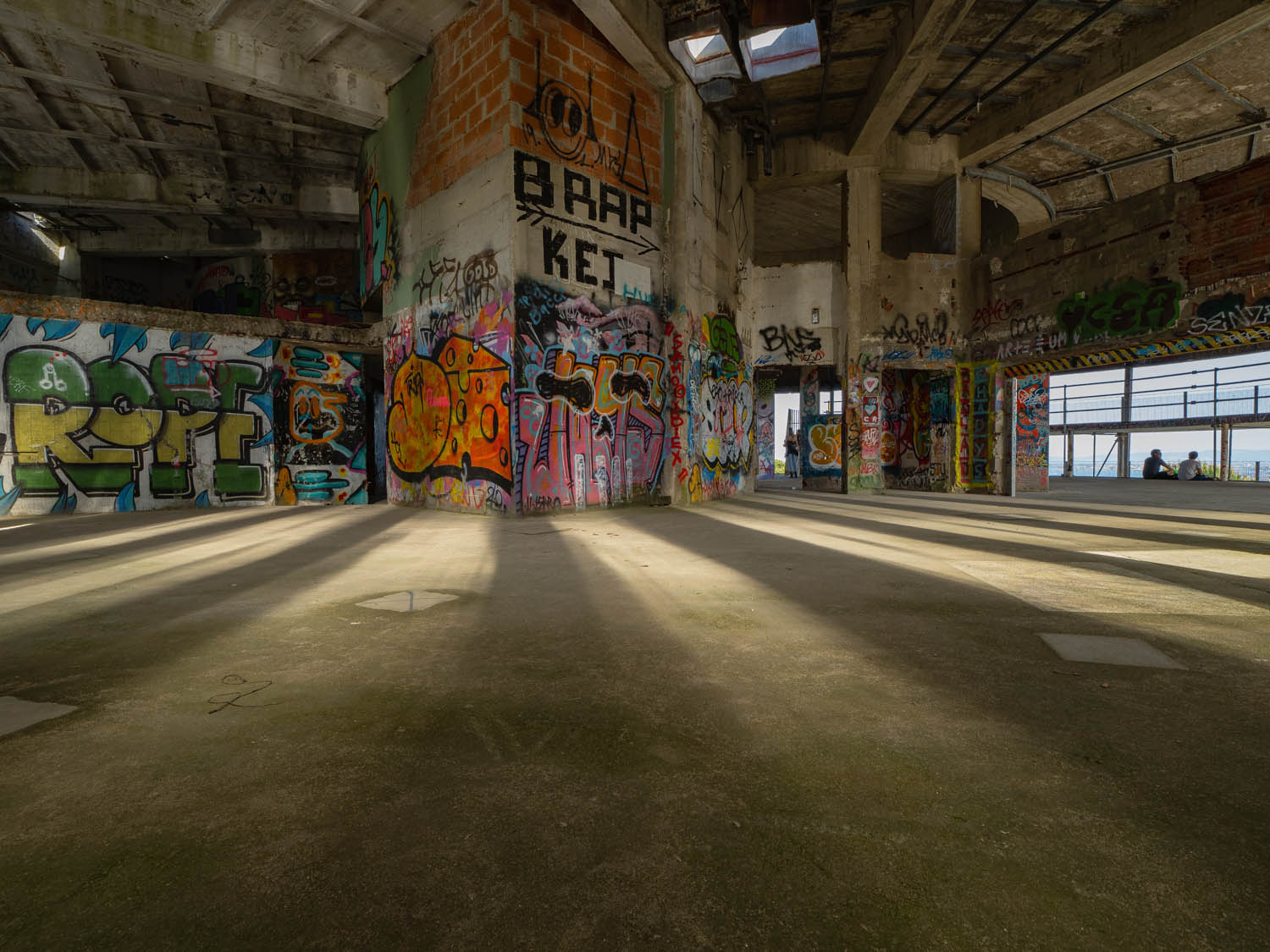
In this type of building, care must always be taken to observe the condition of the construction in order to avoid accidents. The possibility of certain structures collapsing, in certain abandoned and degraded buildings is real. You have to be careful.
In conclusion, the photographs taken at the Panoramic Viewpoint of Monsanto were taken with a Panasonic Leica DG Vario-Elmarit 8-18mm ƒ/2.8-4.0. I don’t have the Olympus M.Zuiko Digital ED 7-14 mm ƒ/2.8 PRO because, without an adapter, I can’t use ND filters and Polarizer, due to its spherical lens shape.

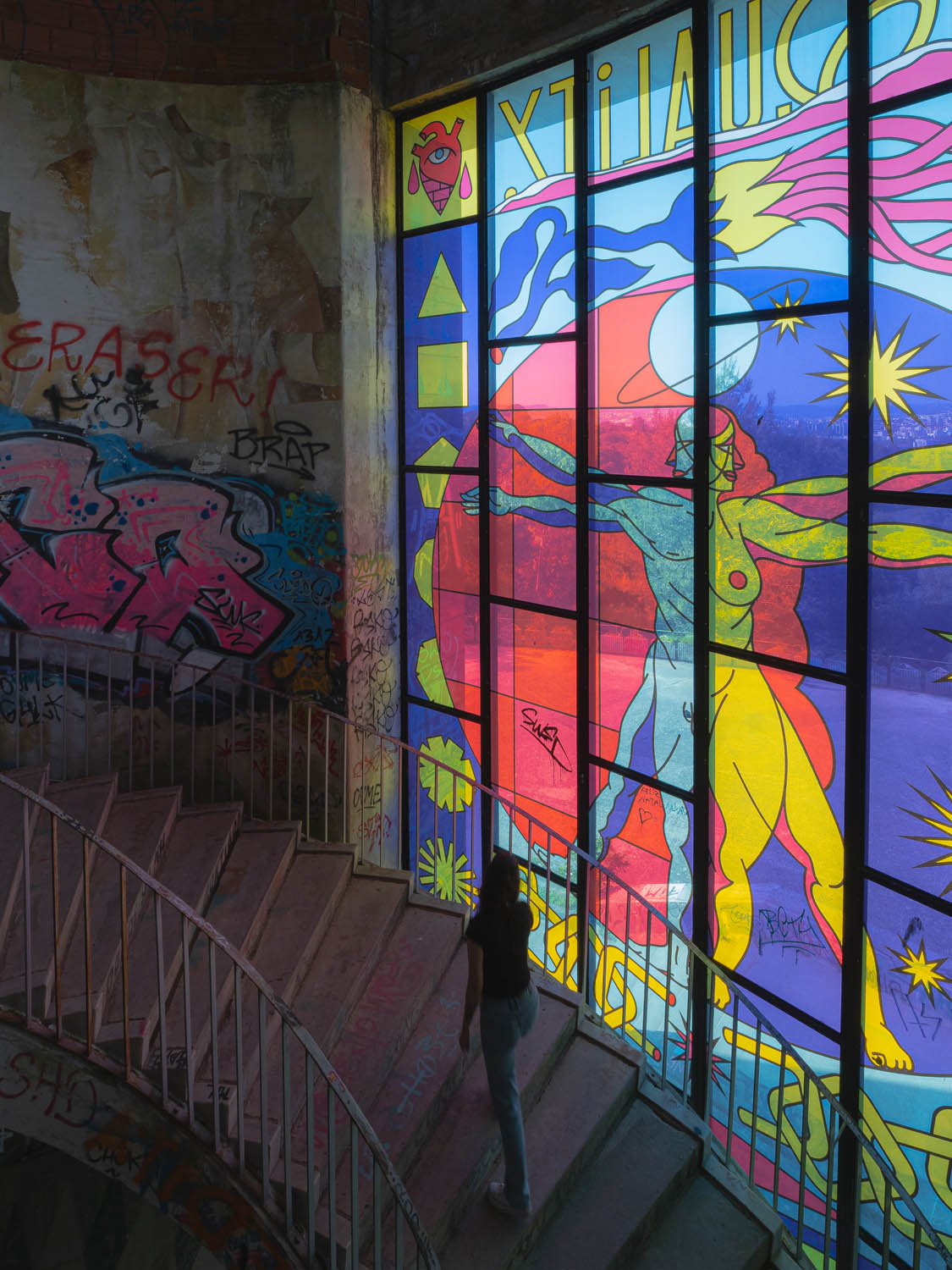
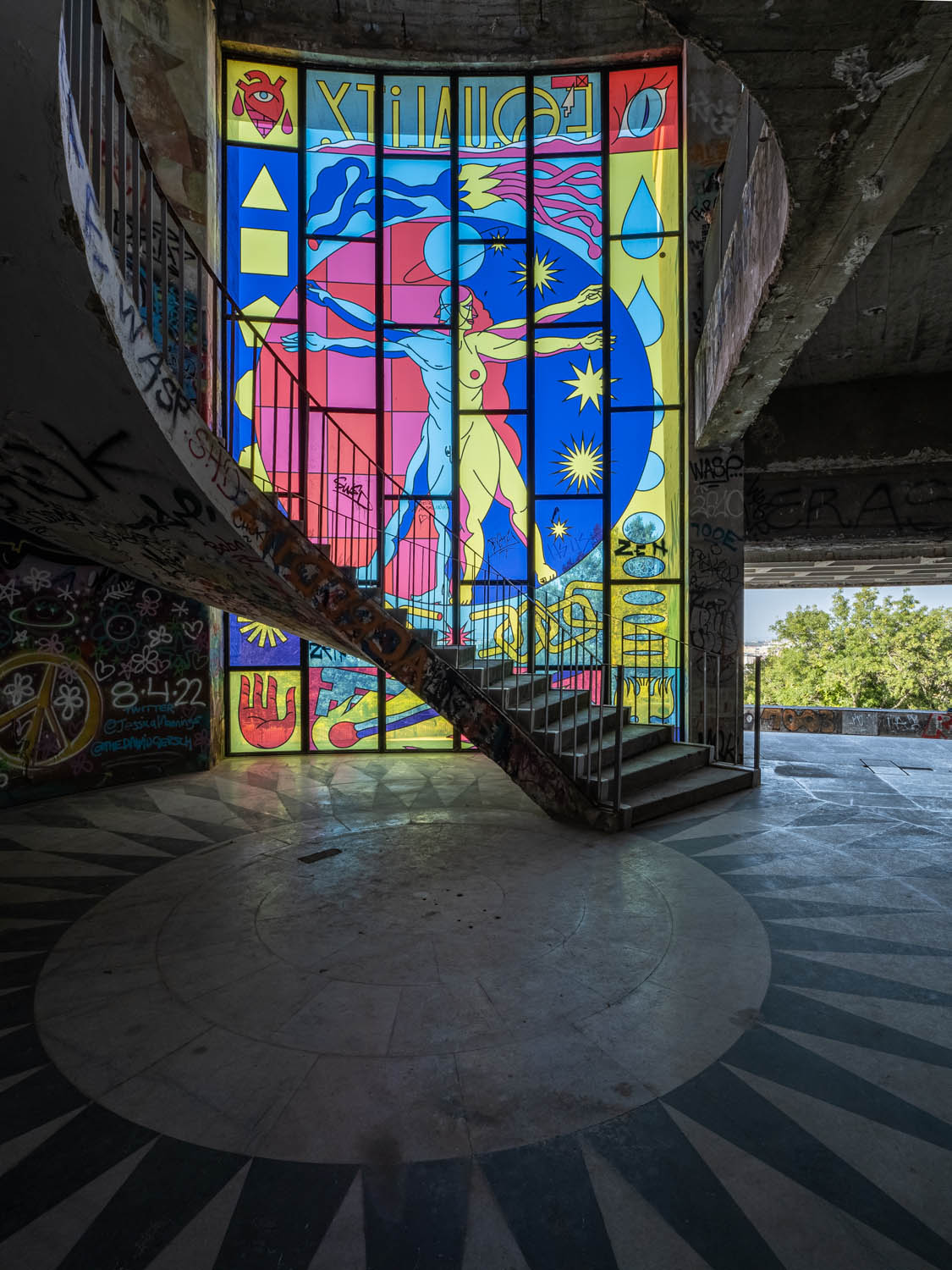
RIGHT: Olympus E-M1 MK III . Leica DG 8-18mmF2.8-4.0 @8mm . F/8 . 1/250” . ISO 200
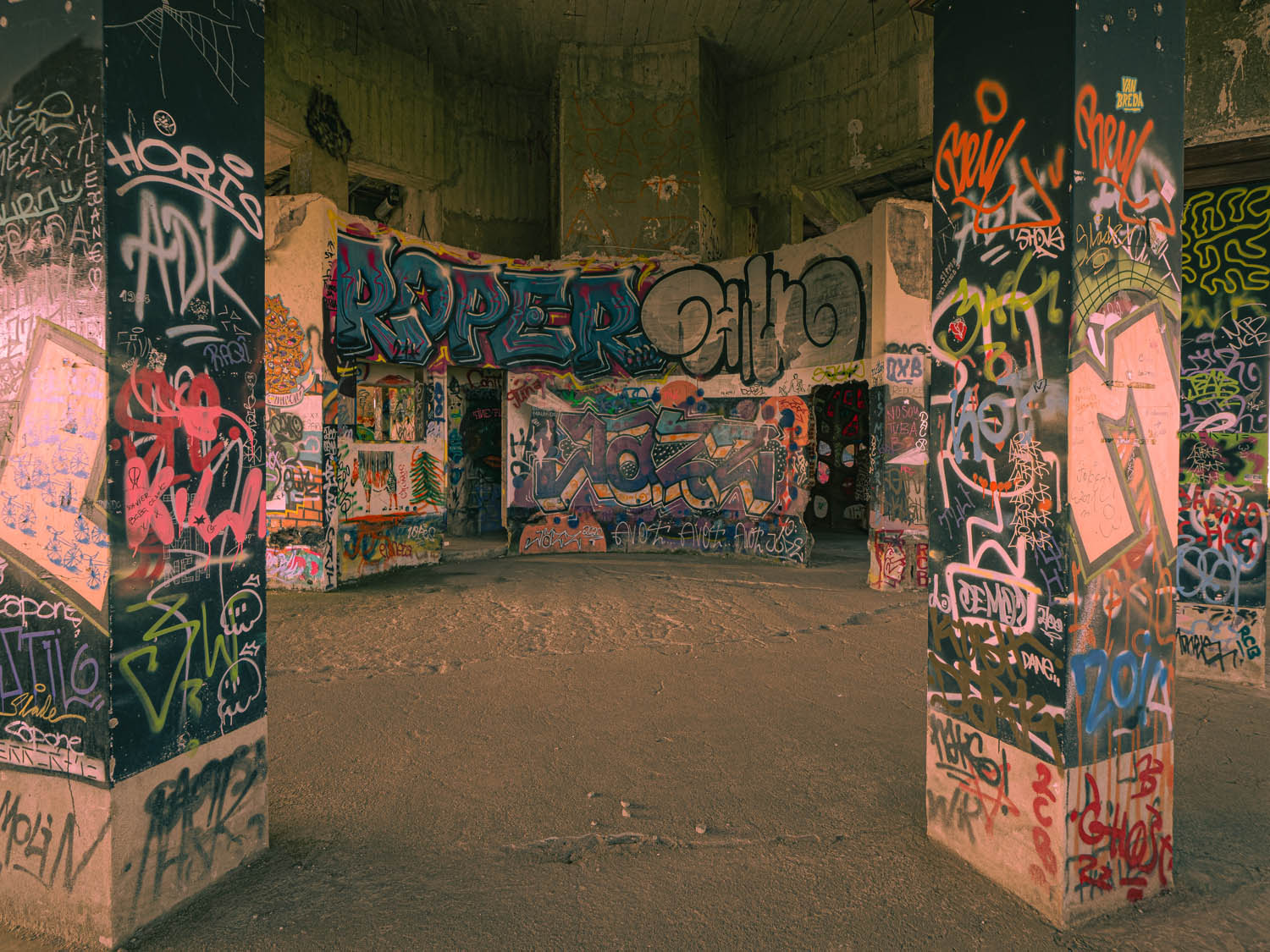
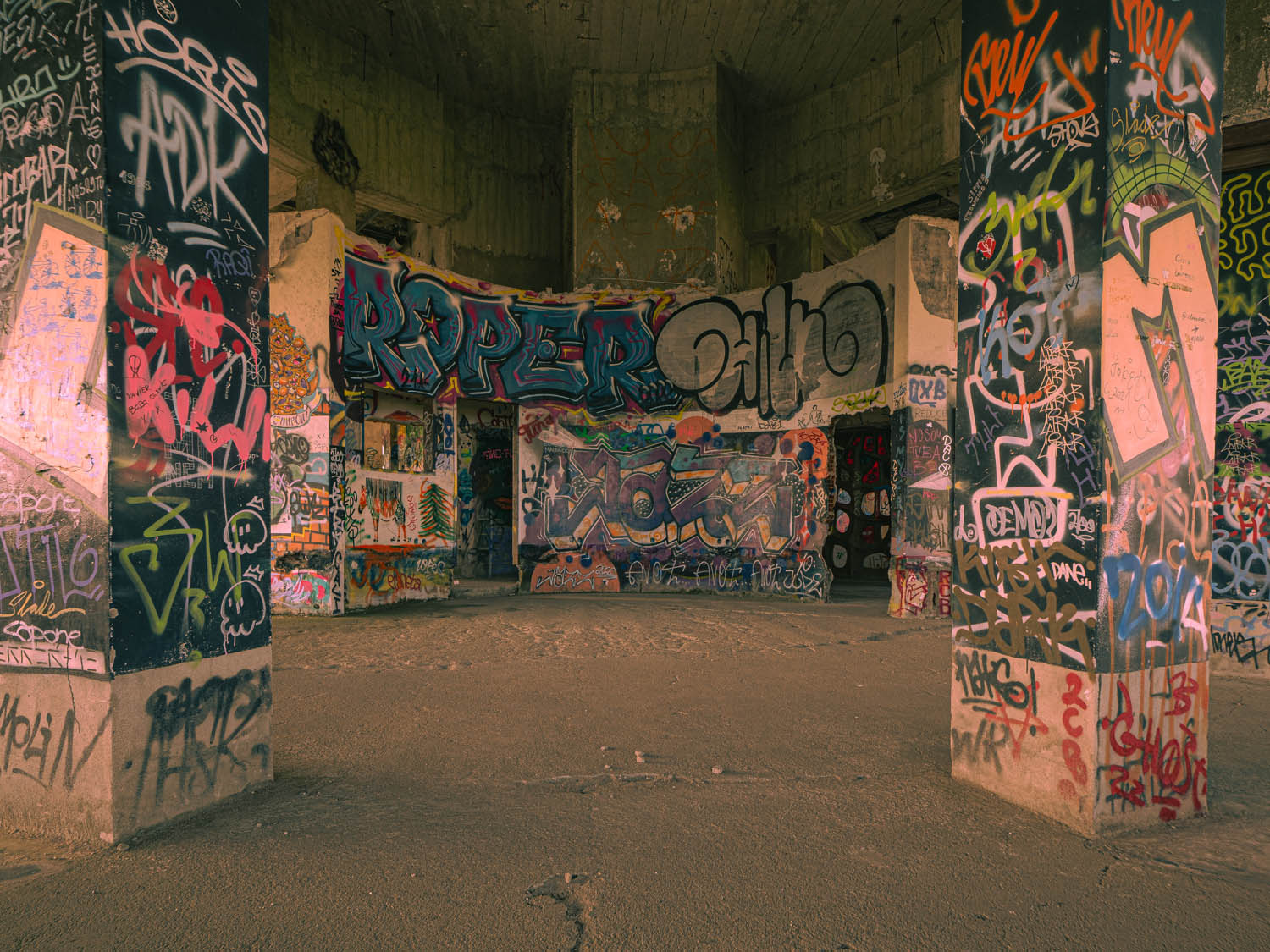
RIGHT: Olympus E-M1 MK III . Leica DG 8-18mmF2.8-4.0 @9mm . F/8 . 1/15” . ISO 200
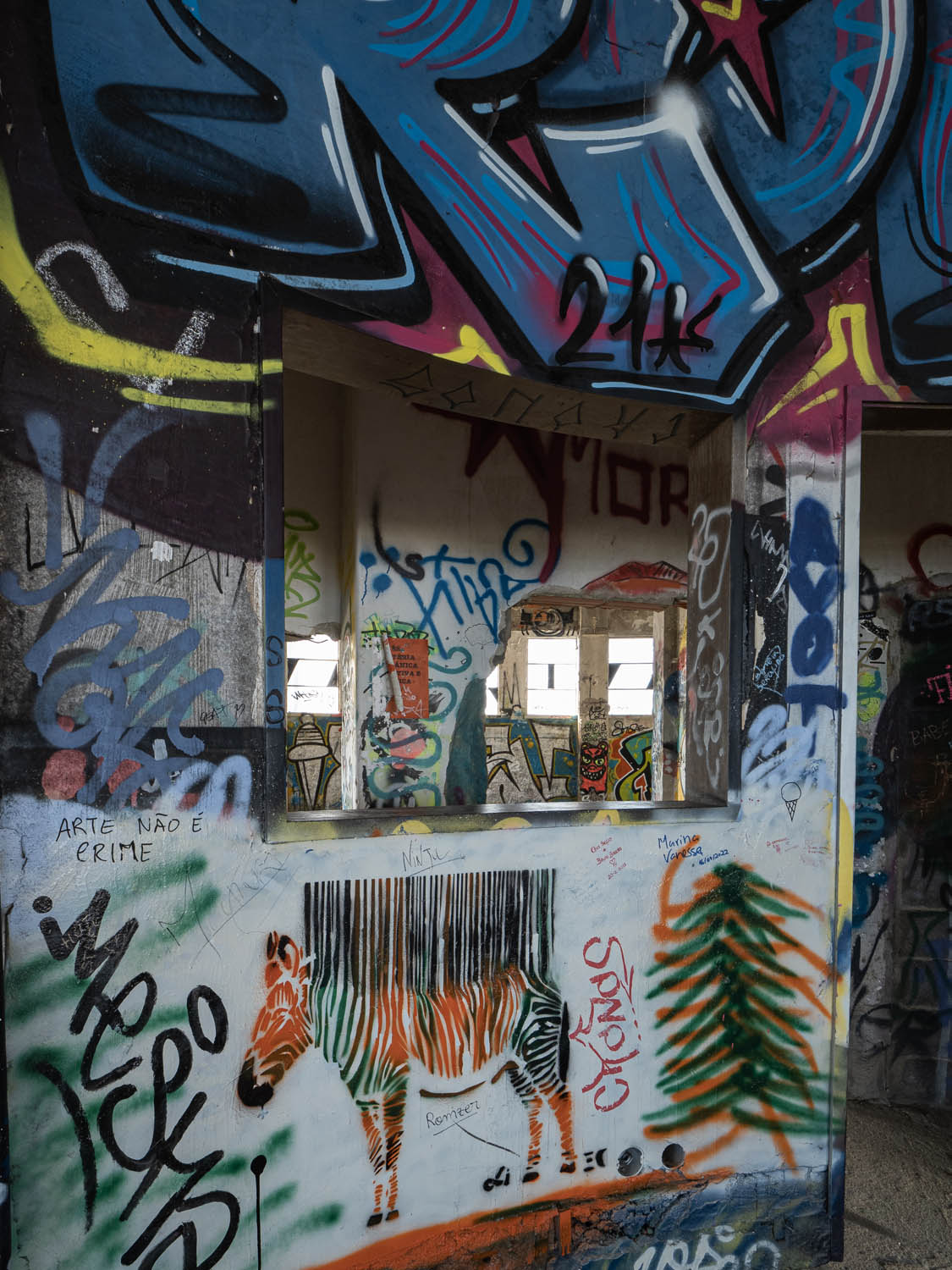
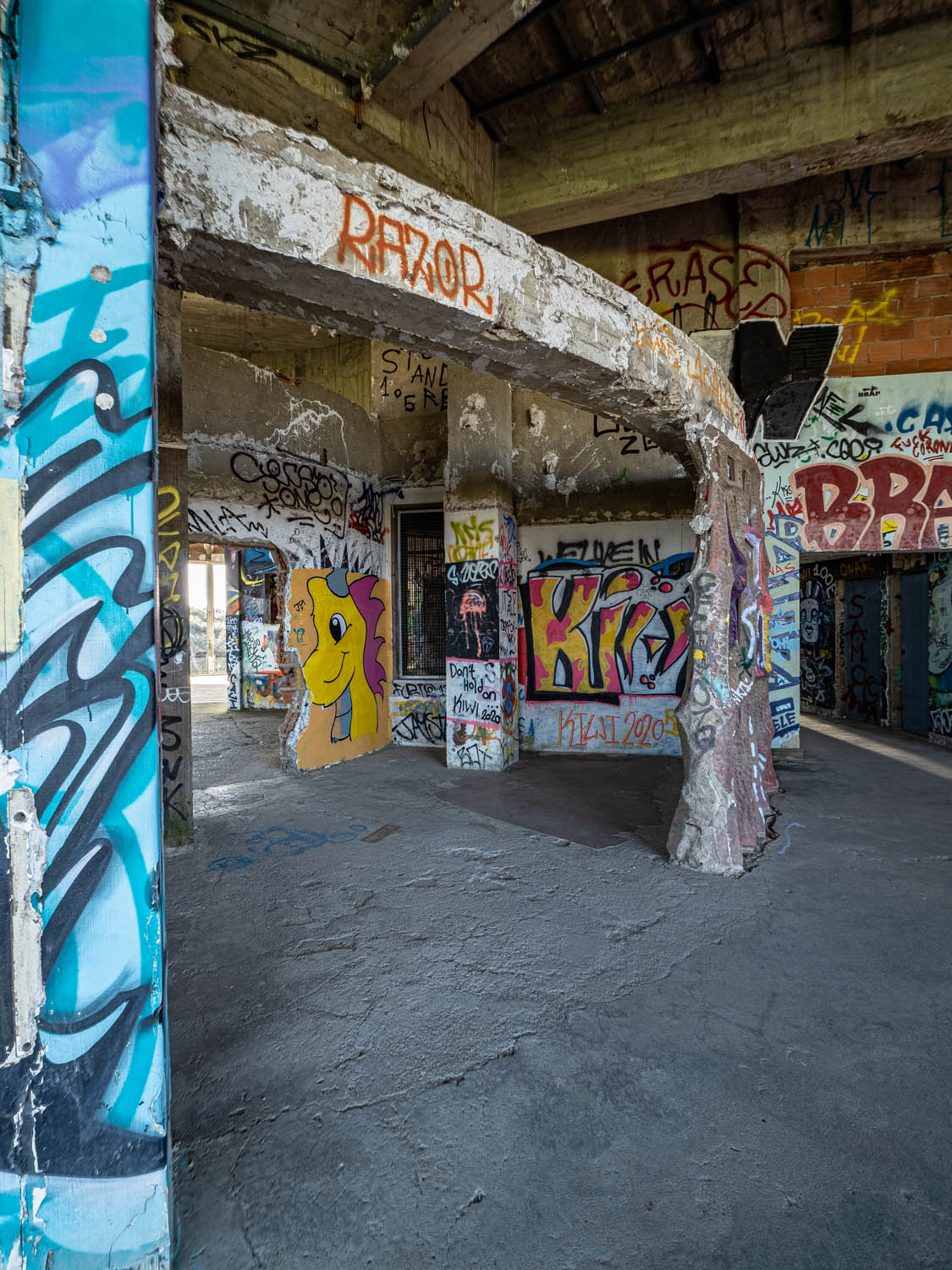
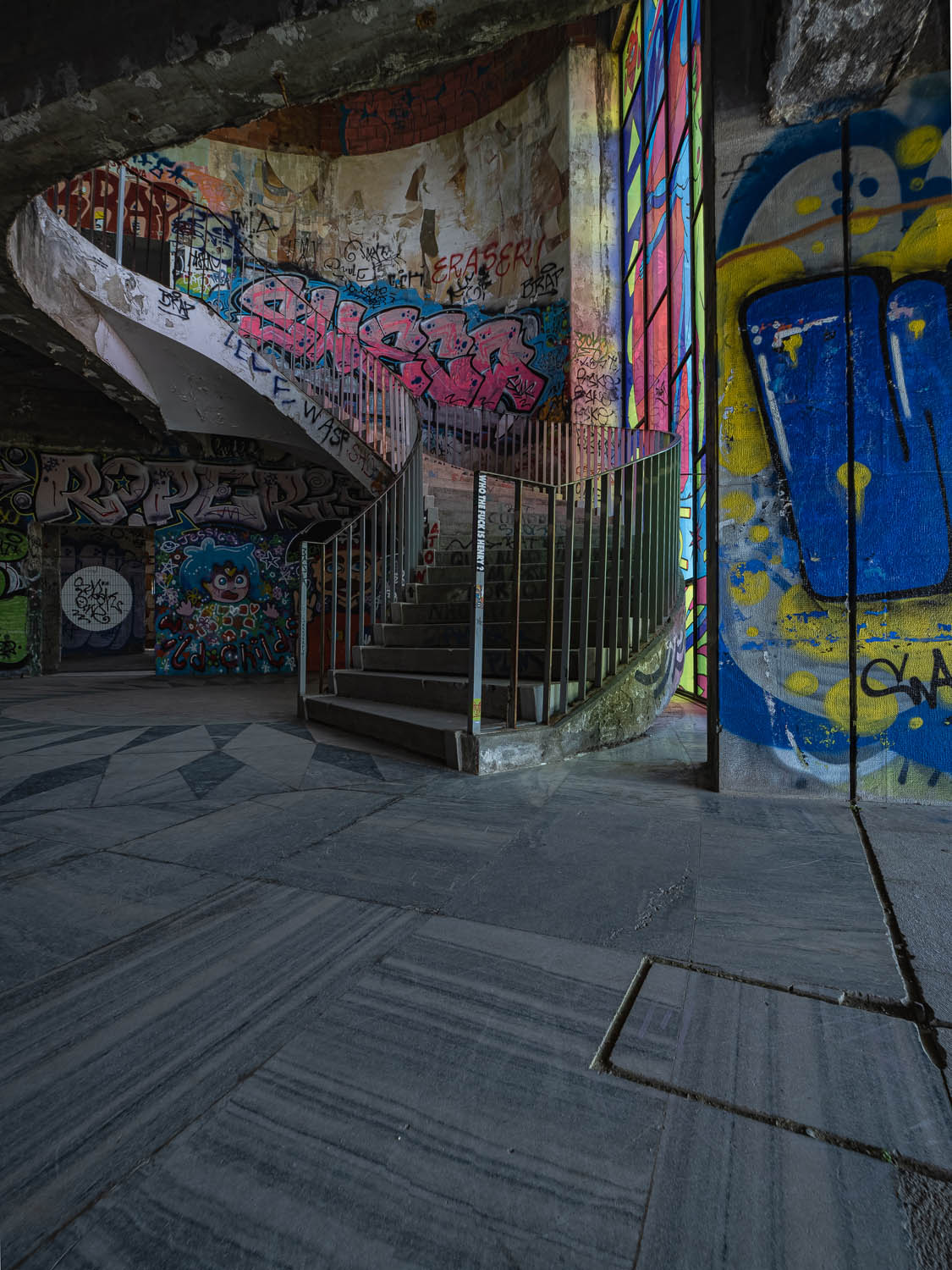
RIGHT: Olympus E-M1 MK III . Leica DG 8-18mmF2.8-4.0 @8mm . F/8 . 1/30” . ISO 200
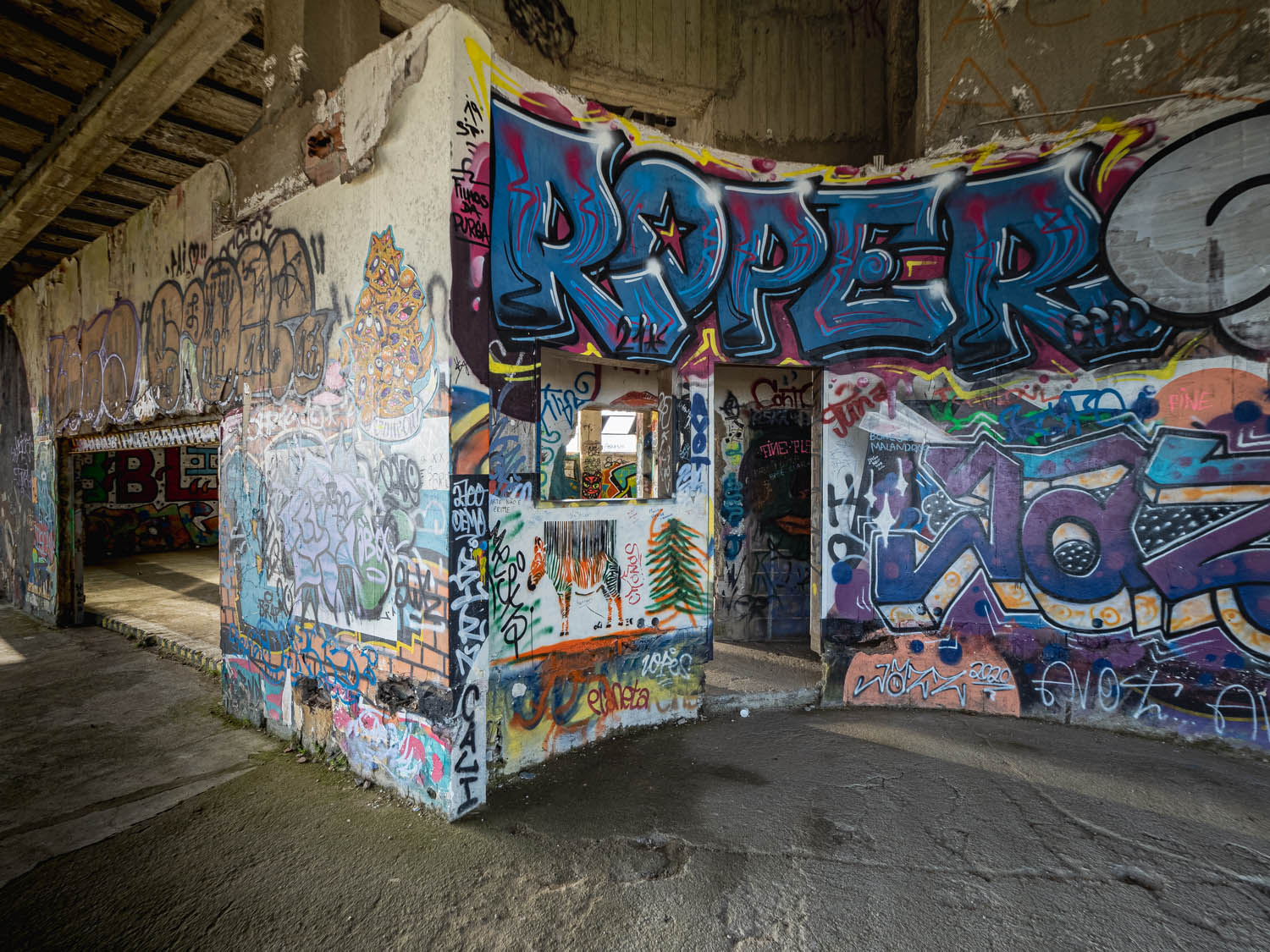
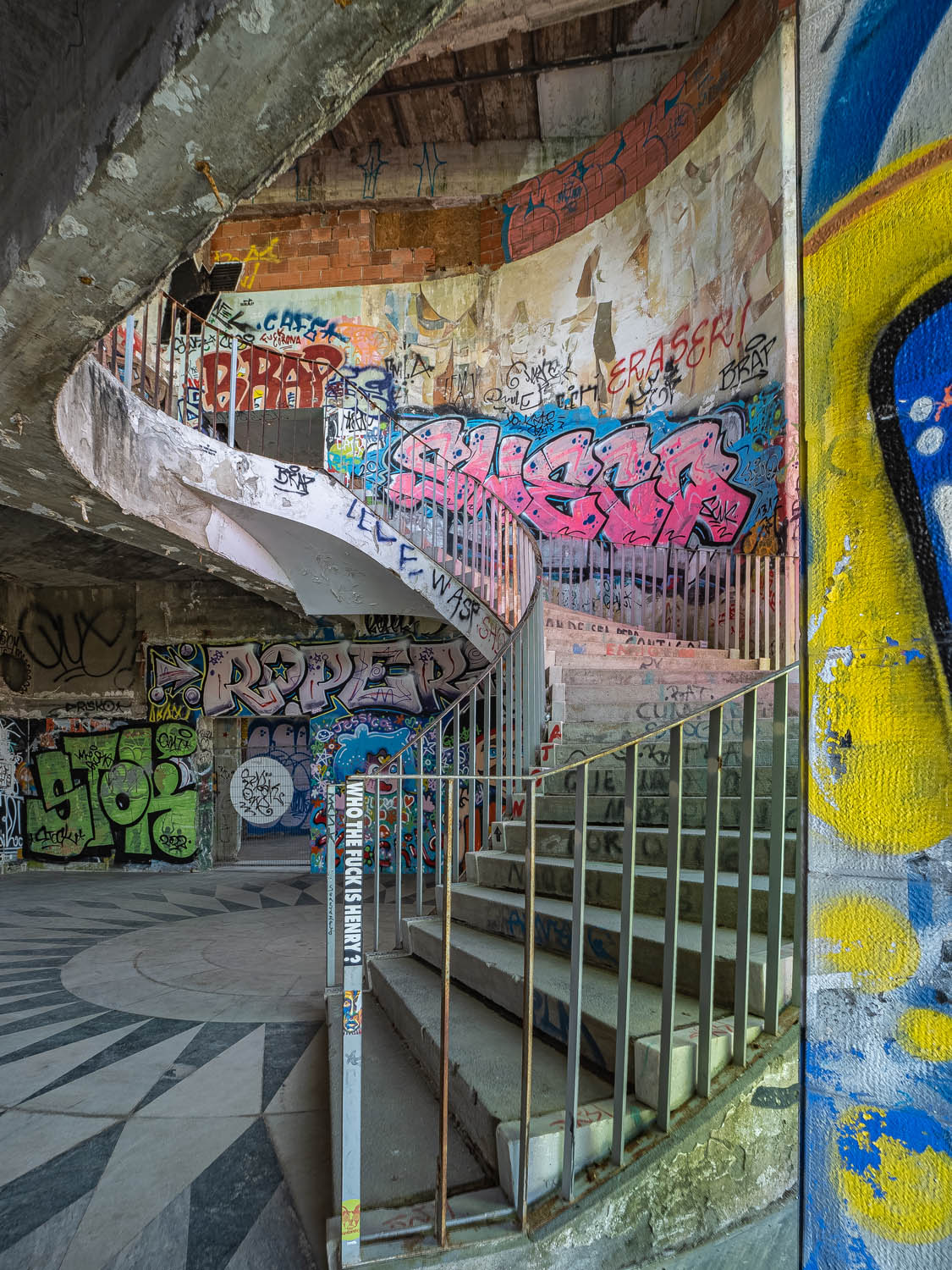
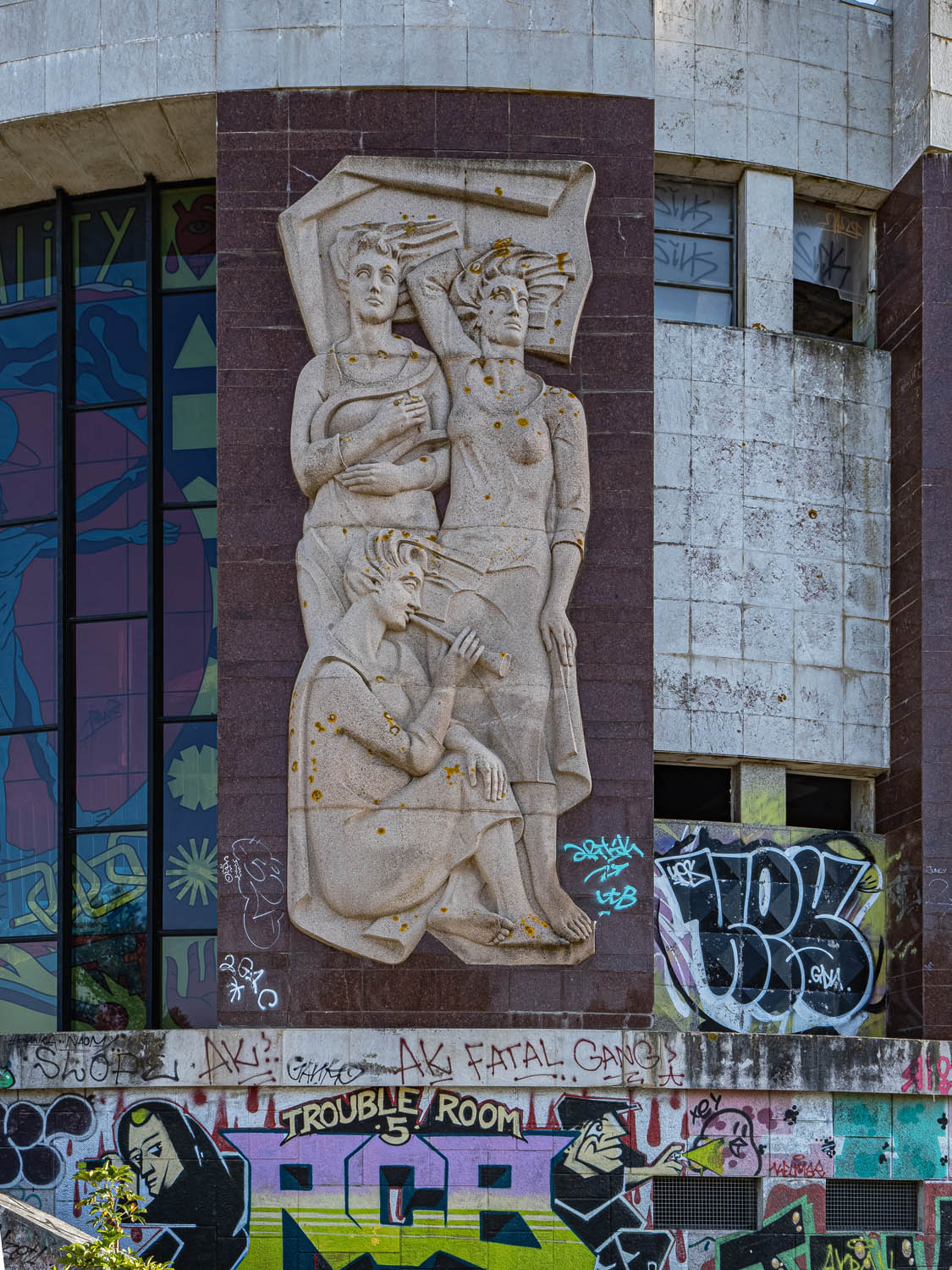
RIGHT: Olympus E-M1 MK III . Leica DG 8-18mmF2.8-4.0 @18mm . F/11 . 1/160” . ISO 200
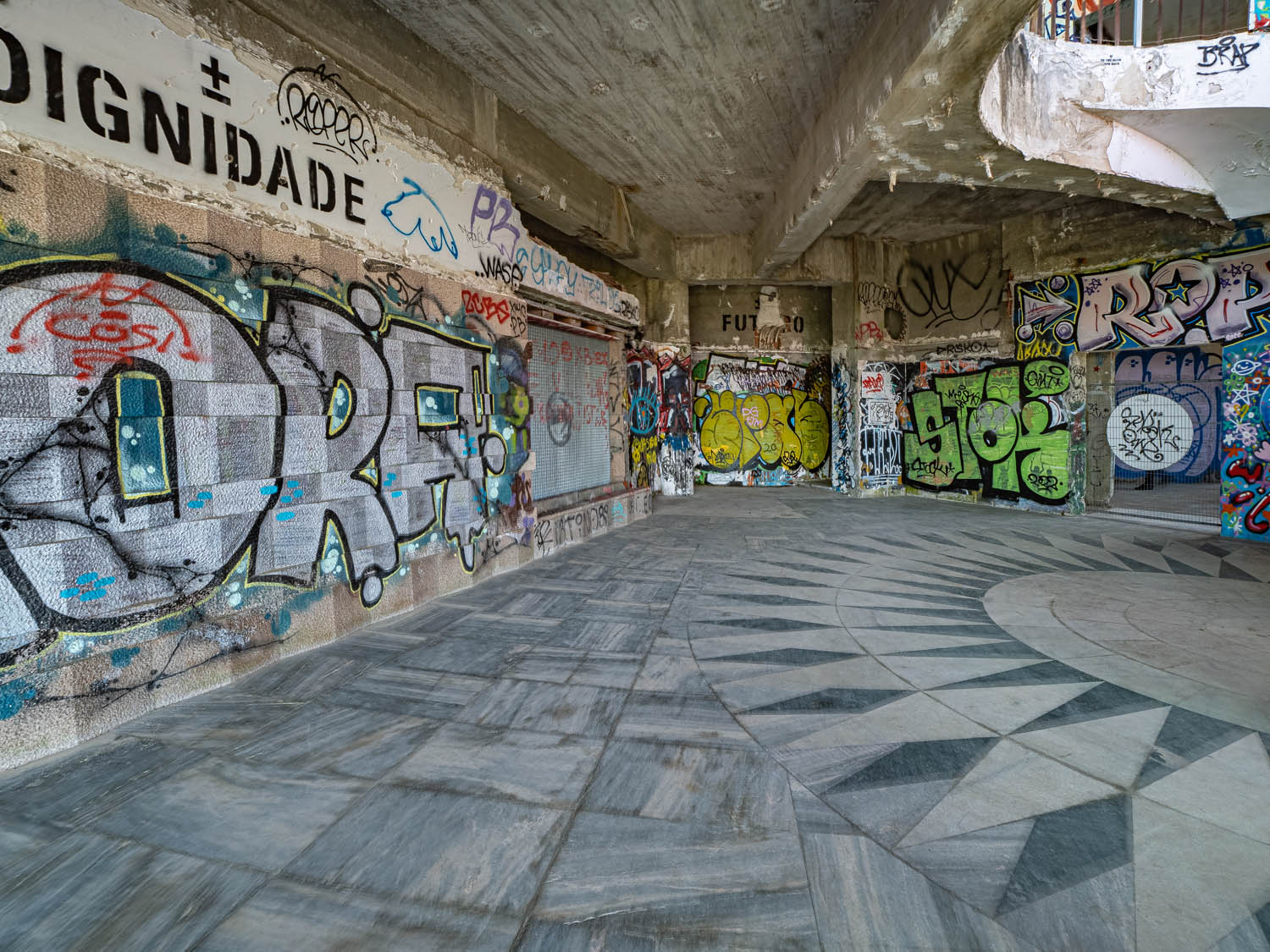
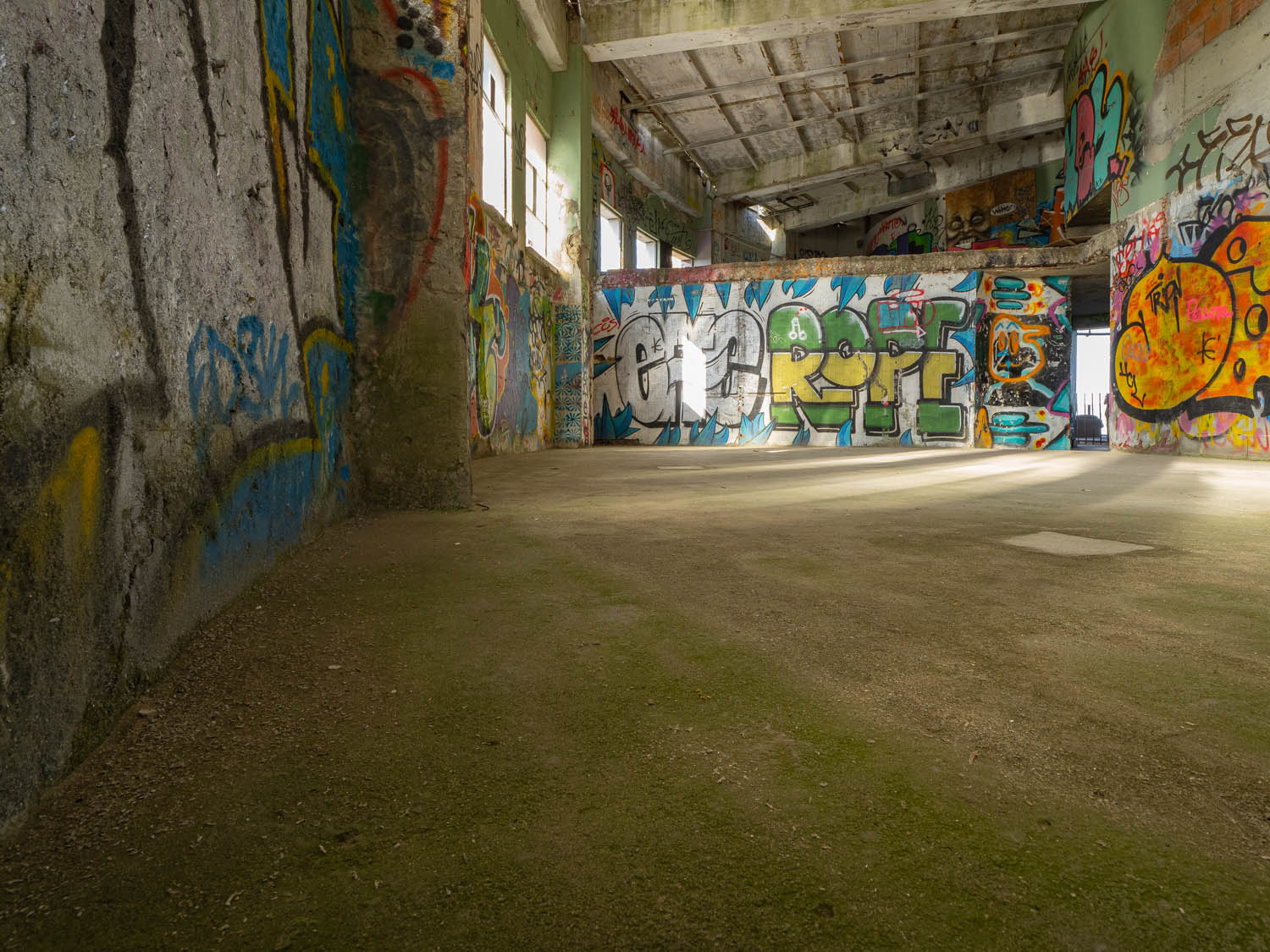
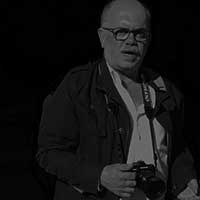
“My name is Henrique, I was born in Lisbon in June 1958. Photography has been a hobby and a passion since I was 16 years old. There were several long interruptions and in 2017 I resumed this passion. For me, photography is a symmetrical relationship to the subject.”




